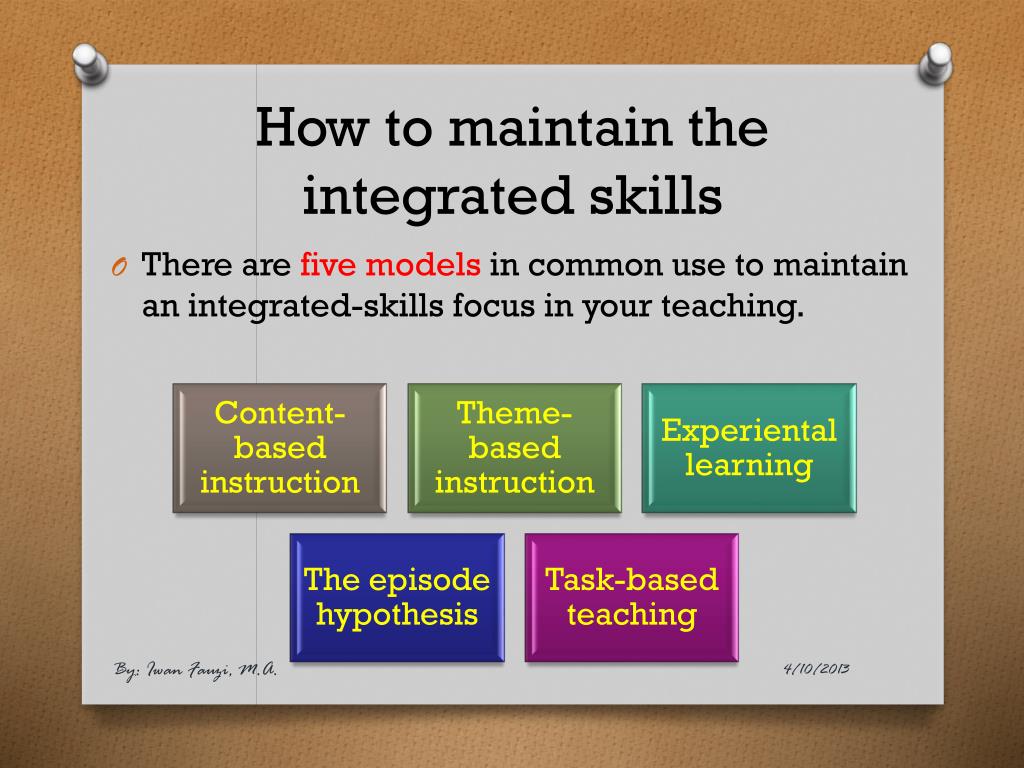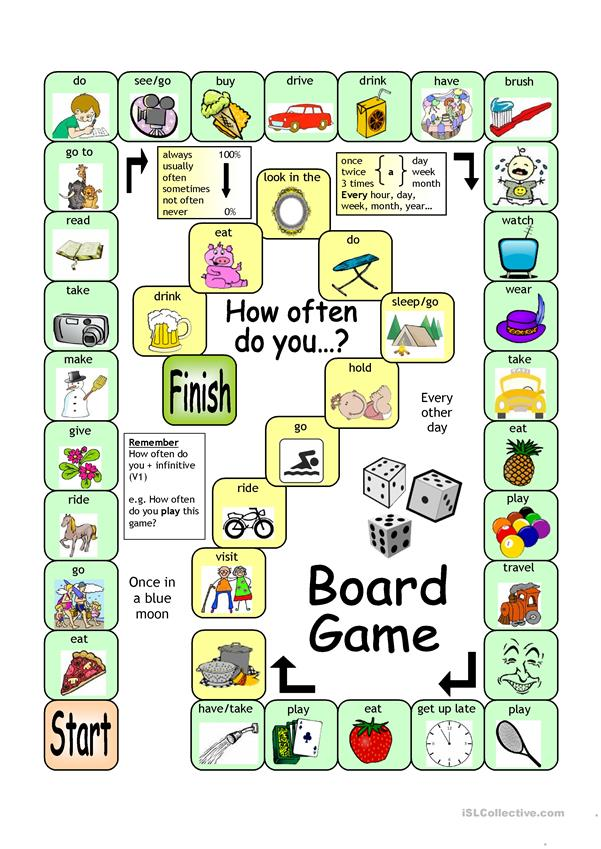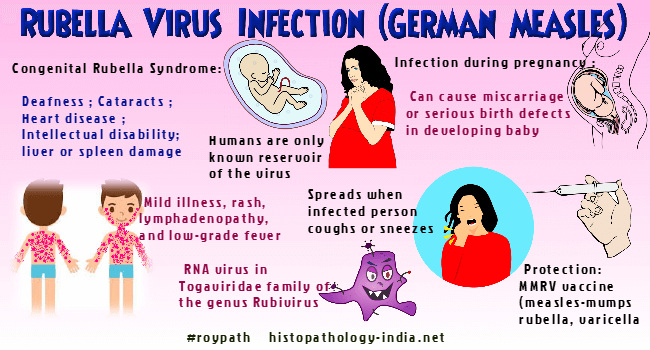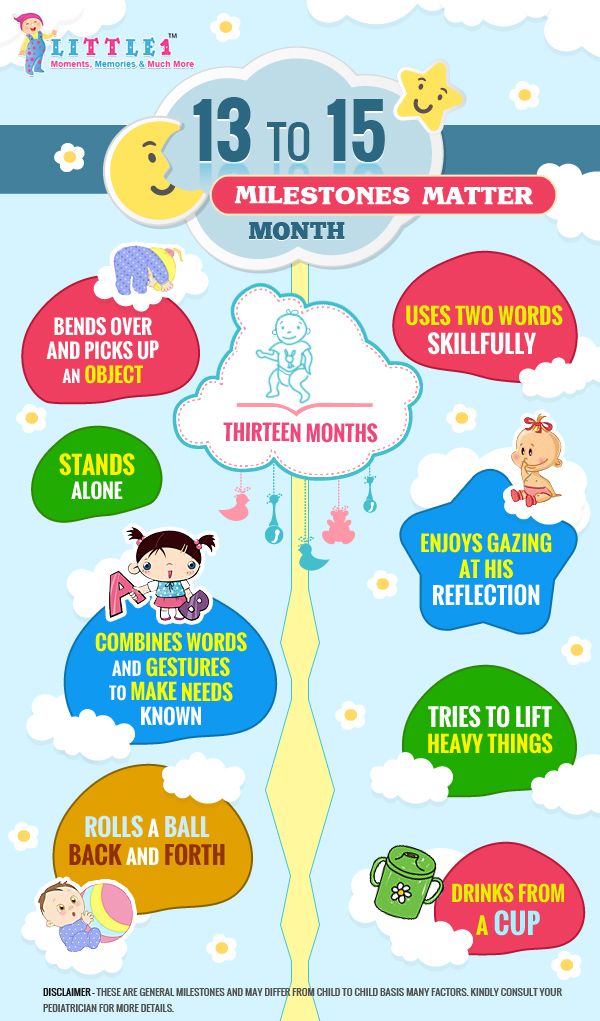How to provide structure for your child
How to Structure Your Home So They Thrive
What’s inside this article: An overview of how lack of structure negatively impacts children’s behavior, the importance of structure for all kids – especially those with autism, four simple but actionable ways to implement more structure in your children’s lives.
Disclaimer: This post contains affiliate links
Honestly, all families can benefit one way or another by adding more structure in their home. It benefits both parents and children. But, this is especially true for parents that are raising a child with autism.
But, it can be hard to decide how to structure your home, or how to start.
However, the bottom line is kids need structure in order to thrive.
For many children with autism, having a structured home environment helps them feel safe. Generally, any uncertainty may cause major stress for these children. This usually stems from not having a full understanding of how the world works.
It can be difficult for children to maintain appropriate behavior during new, unfamiliar, or uncertain situations due to this behavior rigidity.
Does Your Home Need More Structure?
Kids need structure, and without a structured environment and routine children may experience severe anxiety.
Consequently, they may experience more frequent meltdowns or tantrums. So, then they may attempt to control all situations in order to cope. This often leads to power struggles.
For example, they may create and insist on following their own ritualistic routines.
Or, they may be extremely insistent on using certain objects like only the blue cup, only the red shirt, only watching one TV show.
Behavior Red Flags:
Can you take a phone call or have a conversation with your spouse or another adult without your child getting into everything or interrupting you with demands?
If your home doesn’t have enough structure for your child, there are likely behavior problems such as:
- Transitioning issues -especially bedtimes, morning routines, homework routines, etc.
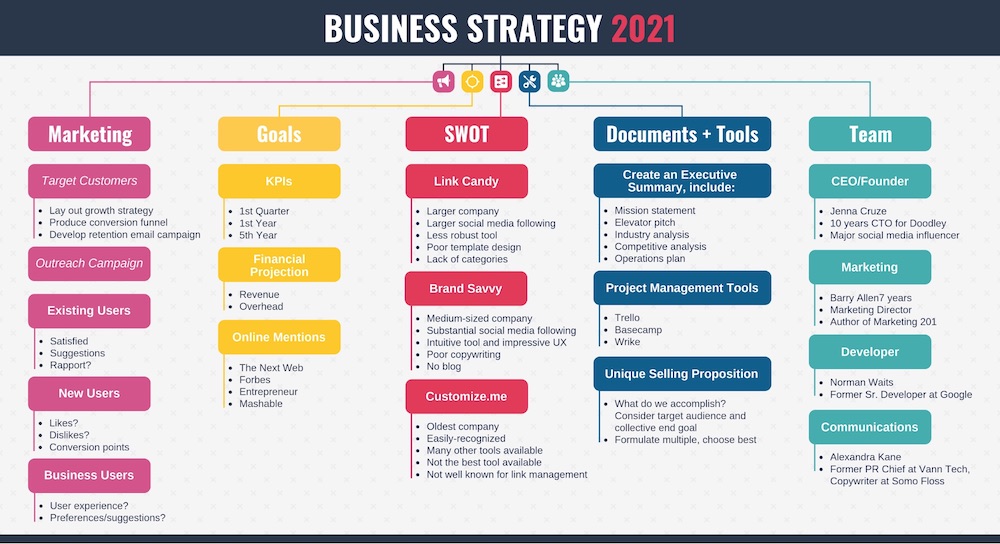
- Compliance issues – When you tell your kids to do something, do they even do it?
- Children don’t initiate activities on their own (if bored, they just bother their parents instead of finding something to do)
- Siblings never seem to get along – they may intentionally annoy one another or regularly fight.
- The house is hard to keep clean; things never seem to get put back in their place, items always seem to be lost, the kids’ stuff is everywhere (especially toys).
- The kids never play independently, or they can’t play without supervision (even if they’ve reached an age where this should be possible)
Why does a lack of structure cause behavior challenges?
Unlike adults, children’s brains are still developing, especially the prefrontal cortex which is responsible for executive functions. The prefrontal cortex is not fully developed until the mid-twenties.
This matters, a lot. Because, this is where the ability to plan ahead and make predictions about the future take place.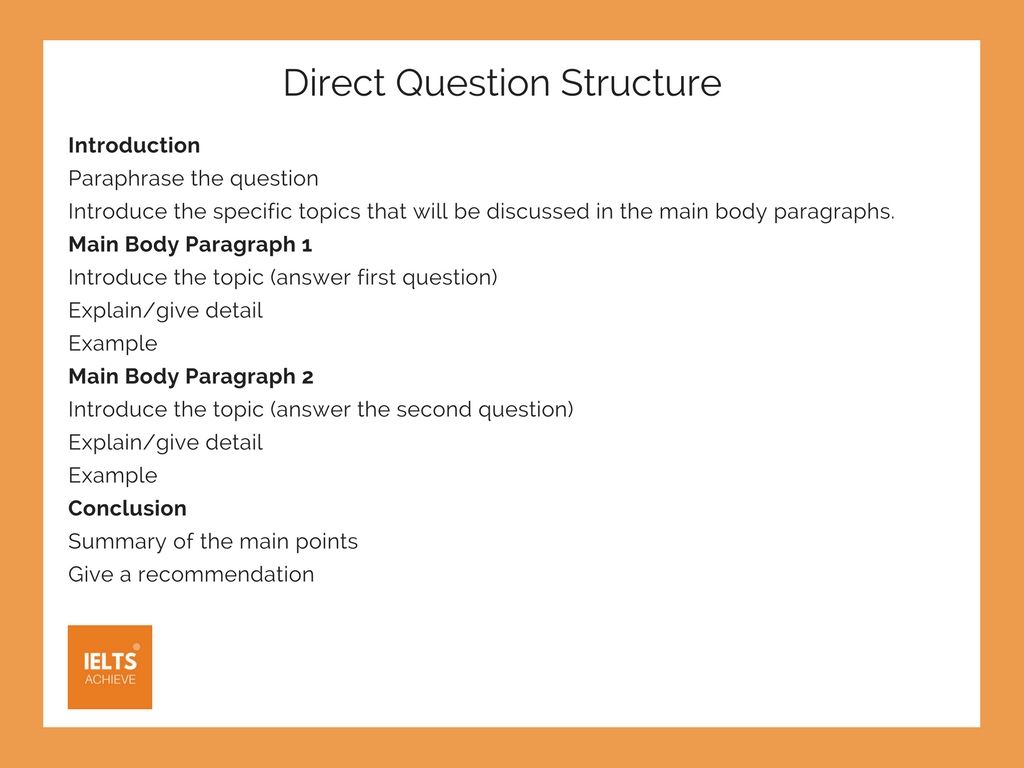
Children aren’t able to do this accurately simply because their brains haven’t developed that skill yet. So, they depend on structure and routine.
Uncertainty leaders to anxiety. A highly predictable routine helps children feel secure and know what to expect, and practice by making simple predictions.
How to Add Structure to Your Home
Kids with autism thrive on routines. Therefore, adding structures to your home can help your child cope with all the inconsistencies in life.
But make no mistake – these structures are beneficial to all kids.
The world is filled with uncertainty. But, having a well-structured home can help your child feel safe because they will always know what to expect at home.
Additionally, it can help them understand expectations and gain independence.
If your child needs more structure, these changes will help reduce the chaos in your home and everyone will feel better because of it.
There are many ways to add extra structure to your home and your child’s day to meet their needs.
This post covers these four ways to add structure:
- Structure their environment
- Structure their time
- Prepare for changes
- Structure tasks & demands
Children process information best visually and kinesthetically, therefore the best way to add structure to the home is with visuals and consistent practice.
Structuring the Environment
It’s important to structure your home in a way that will be easily understood by your child.
Start by first creating predictable spaces and routines within your home for certain activities. For example:
- A set “calm down” space
- A set play place for toys
- A consistent bedtime routine (ex. Brush teeth, story, lights out at the same time every day)
- A consistent morning routine
- A task or chore system where the motivator is visible and task completion is clear.
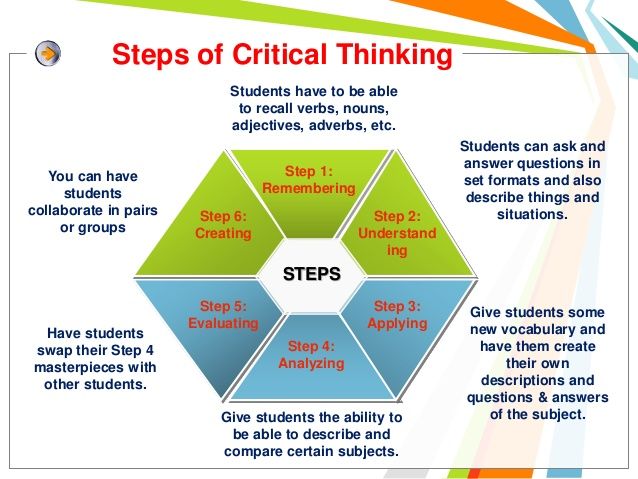
- Themed days of the week, such as “Taco Tuesday” or “Sunday Funday”
- 4 or 5 clear “Family Rules” are displayed and that the entire family is expected to follow.
Structure Demands – The Task/Chore System
Now to set up the work/chore system.
This can be any type of system that you create which shows your child what their expectations and/or chores are.
Chores and responsibilities are one of the easiest ways to add more structure to your kids’ lives.
Make sure their responsibilities are developmentally appropriate. Your child needs to feel successful when completing these chores. You don’t want them to be a source of frustration.
It’s also important to have a specific way for your child to show that these tasks are “all done”. Such as, an “all done” envelope or folder to place the visual in, removing it from sight. Or a “done” space to move the tasks over to, or a checkbox they can write on.
As well, it should be clear to your child what to do next.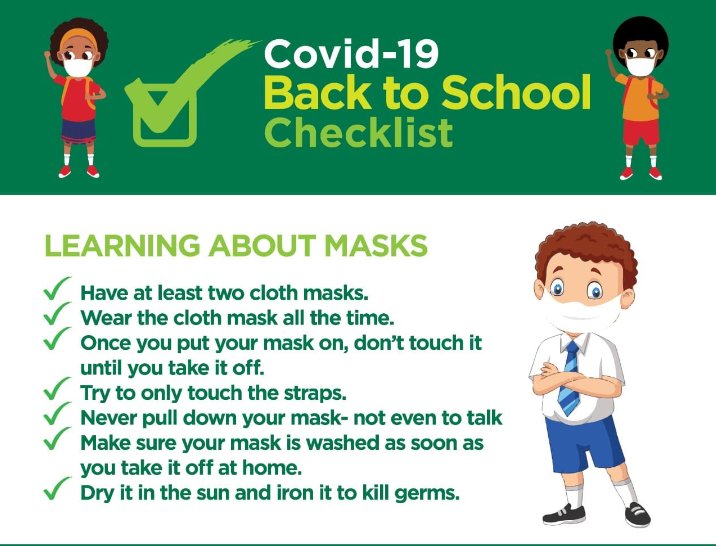
SchKIDules offers great visuals for the home and they’re available on Amazon – this has been the go-to choice for visual schedules and work systems in my home. It’s a great way to give kids structure, showing them visually what needs to be done.
Their products are available here.
Structure The Time
Structuring the time means having a consistent routine followed each day that is specific and your child can rely on it.
Using a visual schedule is the best way to do this.
Your visual schedule should:
- Depict the activities that will occur, and in what sequence
- Show transitions within the day (like changing activities or environments)
- Promote independence
- It can be created for the whole day or broken up into chunks. For example, you could have a morning routine and an after-school routine)
There are so many ways to create visual schedules. Choose the one that works best for your family.
Personally, we need to keep our visual schedule as a checklist. The kids use a dry erase marker to check things off as they progress through their day.
We didn’t see the benefits of having a visual schedule until we added in the checklist.
Examples of Visual Schedules
This one is also created using SchKIDules:
I also keep my kids schedule on my phone using a free app called “Time Tune“.
It sends me an alert when it’s time to transition the kids to a new activity. That way I can also be completing my own responsibilities without forgetting about their structured day.
Below is our summer schedule, however it will change when school starts:
At school, they created a simple visual schedule and task completion system using a cutting board, velcro, and pictures of different tasks.
Our current schedule:
What works for us is constantly evolving to meet the kids’ needs. This is an image of the schedule we’re currently using.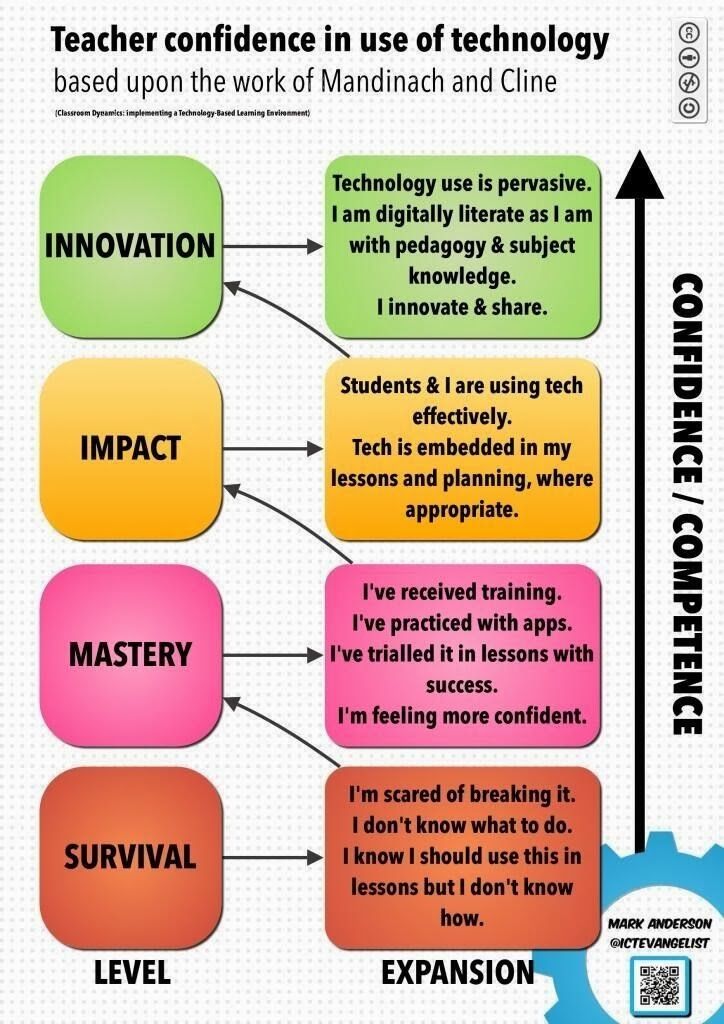
There are currently school closures so we had to find a new routine for our home that would support their educational needs and their needs for physical activity.
How to Begin Creating A Visual Schedule
If you’ve never done a visual schedule before it can be hard to know exactly where to start.
Follow these guidelines:
How To Create Your First Visual Schedule
- Write down what already happens every day
The best way is to begin by writing down your schedule starting with what already happens every day. (things such as dinner, waking up, bath time, going to school, etc) - Fill in the gaps
Fill in the gaps by deciding on more structured activities for your child for specific times. Instead of telling them to “go play” you can add activities like – outdoor play, fine motor play (crafts, drawing, cutting, beading, etc), quiet time, etc - Structure the environment
Set up specific areas in your home where each of these activities will happen and get any supplies you need.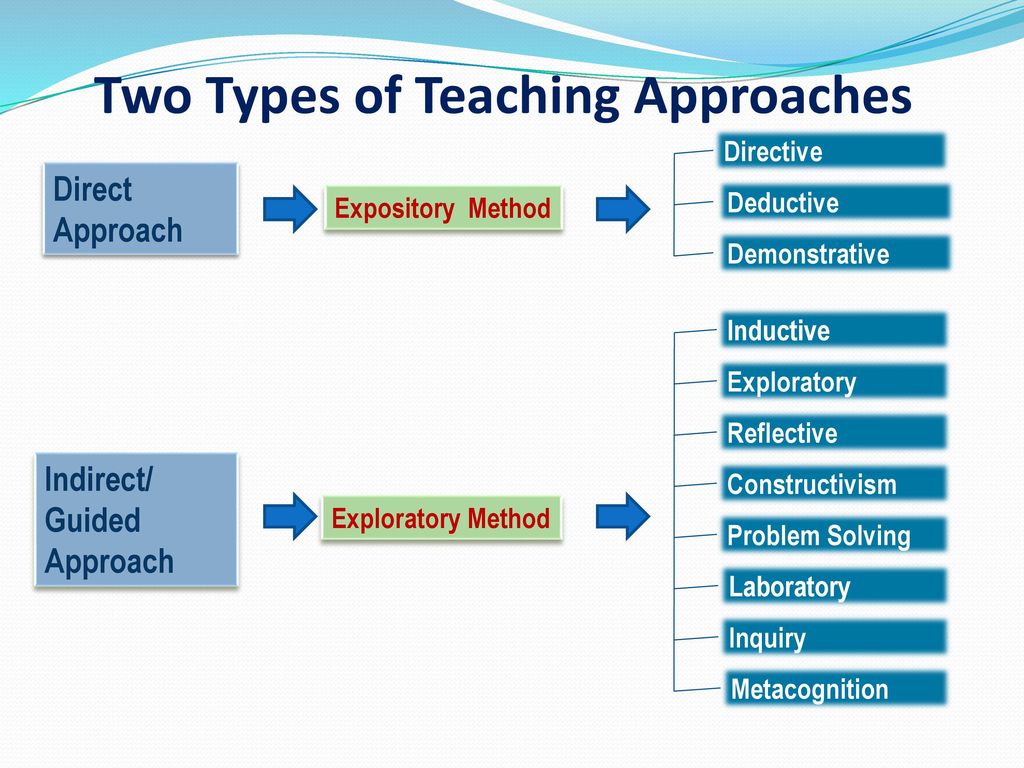 For example, set up your craft table, get a bin and fill it with homework supplies and set up a homework station. Build your calm down space, and anything else you want to create,
For example, set up your craft table, get a bin and fill it with homework supplies and set up a homework station. Build your calm down space, and anything else you want to create, - Decide how to initiate transitions
Decide how you will transition in between activities on the schedule – will you use a timer? A verbal cue? A sound warning? A song? Each activity needs a clear start and finish. Plus, this transition cue should be consistent. - Create the schedule visually
There are many different ways to do this. You can purchase one of the sets from SchKIDules, but you can also make this yourself – draw it by hand or create it by finding your own images online and printing them. (You will find lots of printables below)
- Display your schedule
Place the visual schedule in a central location in your home, such as the fridge, or in the family room. Ensure it’s in a location that makes it easy for yourself and kids to check the schedule.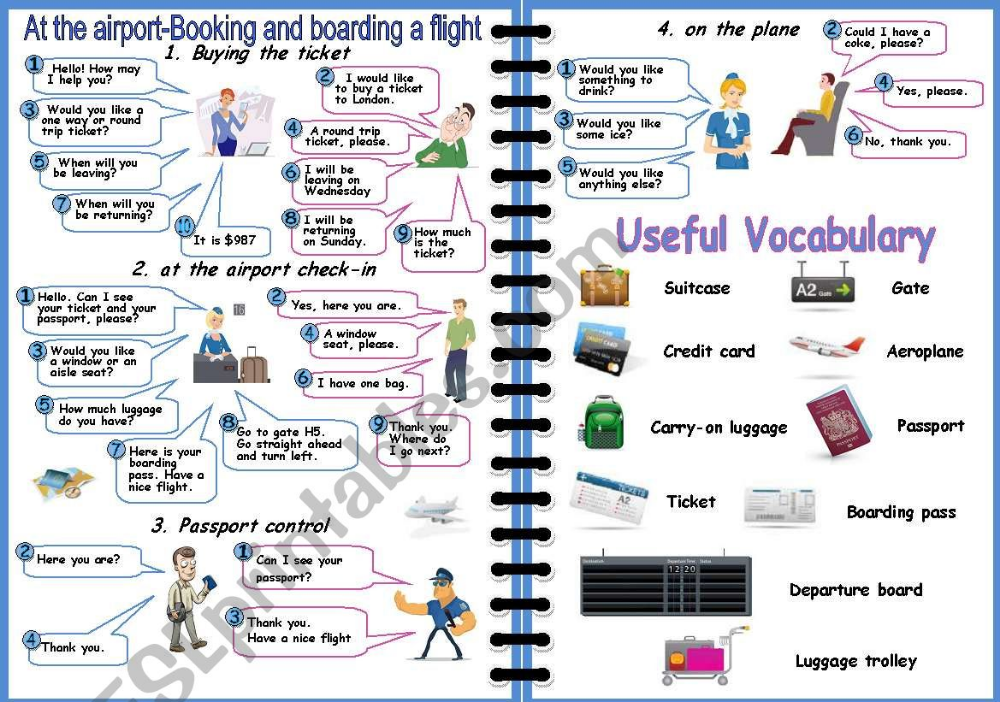 Or, laminate and clip ontop a clipboard for your child to take along with them.
Or, laminate and clip ontop a clipboard for your child to take along with them. - Teach your child to follow the schedule
It’s not enough to make it and hang it up on your fridge – you need to actually teach your child the routine. This is the most important part. This can take time and may require a lot of prompts and reminders in the beginning. You can’t deviate from the schedule once it’s set – your visual schedule is like a contract between you and your child.
You can also read in more detail about how to create a routine for your children that everyone can actually stick to here.
Visual Supports
My Morning Magic Workshop includes:
- 12 ready-to-use drag-and-drop routine templates & visual support templates
- Easy to follow tutorial for using the drag-and-drop templates
- 140 high-quality graphics, free to use how you want, with any of the included templates
Learn More
Remember
Structuring the time goes hand in hand with the visual schedule – the items on your schedule need to have clear start times and end times.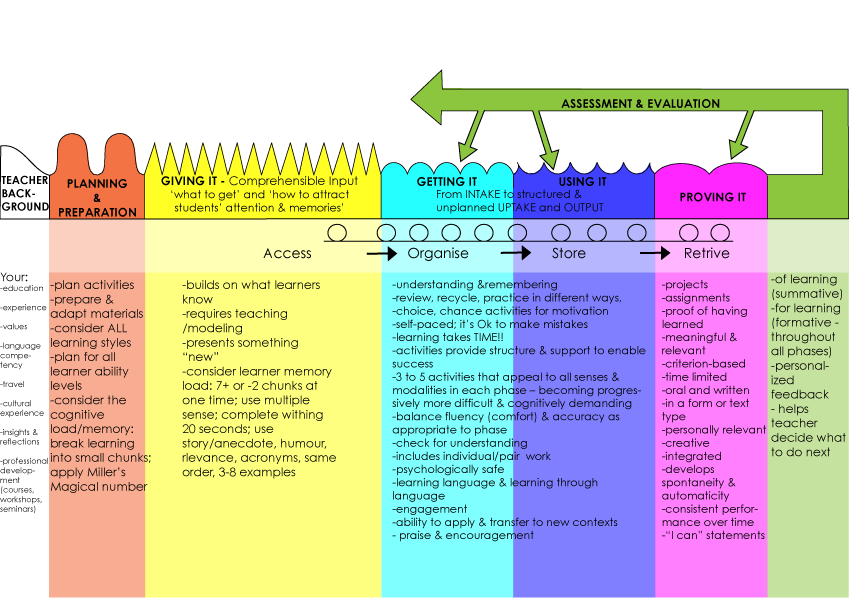
Generally speaking, you don’t need to do the exact same thing every day, but if you schedule “Art” for 3 pm to 4 pm, then every day during that time you need to be doing something related to art. For example painting, coloring, cutting and gluing, etc.
Structuring your home like this will bring order and quiet to your home because your child will feel more comfortable knowing exactly what to expect and won’t rely on your for as much instruction as they do now.
It’ll also free up time for you to get things done.
Looking for activity ideas? – Allow Pinterest to be your best friend!
Prepare For Changes
It’s inevitable that sometimes the schedule needs to change – your children will have appointments, or you’ll have an unexpected errand to run that will cause a change in the routine.
This can throw your child out of sync. It’s important to prepare for these changes with your child as much as possible.
Use the other strategies to help your child prepare for changes – such as a change calendar, social stories, motivation, first-then statements, and optimizing language.
Conclusion
Children need structure. Adding more structure will help your child have less stress and anxiety – and therefore fewer anxiety reactions (like meltdowns).
It will also help your child be more tolerant of change since the warnings are in place to help them be successful with transitions.
Having more structure will also help you. When your home is well structured your child will know what’s expected of them and what they should be doing at all times.
As a result, they will need less direct attention and instruction from you. This will make it easier for you to get things done around the home, keep things clean, and even have an uninterrupted conversation with another adult.
Spread the love
30.1K shares
How can I provide structure for my Family? A step-by-step guide.
With RoutineFactory, you can create a morning routine within 10 minutes: Click here!
How do I make things easier
for my family?
Every busy family needs some structure to function properly. ..
..
But if you have one or more children with ASD or ADHD, this is even more important. For them, but also for you as a parent. It is nice to know what needs to happen and when, so that you have more structure and both you and your children can anticipate better what will happen in your lives.
Eventually, that leads to everyone in the family to become more relaxed.
But how do you do that?
Often parents are excited and want to start planning an entire day but if you have little experience doing that it is important to start with just a little. For example, simply start with a time of day that does not work so well right now.
It is very important to include your children in the process of planning. Any child older than four can participate. Begin for example in the morning. Together, look at what steps are important in the morning and in what order they should be done.
If the children can think along in this process, it is also more of their own plan which causes the children to be more motivated to cooperate.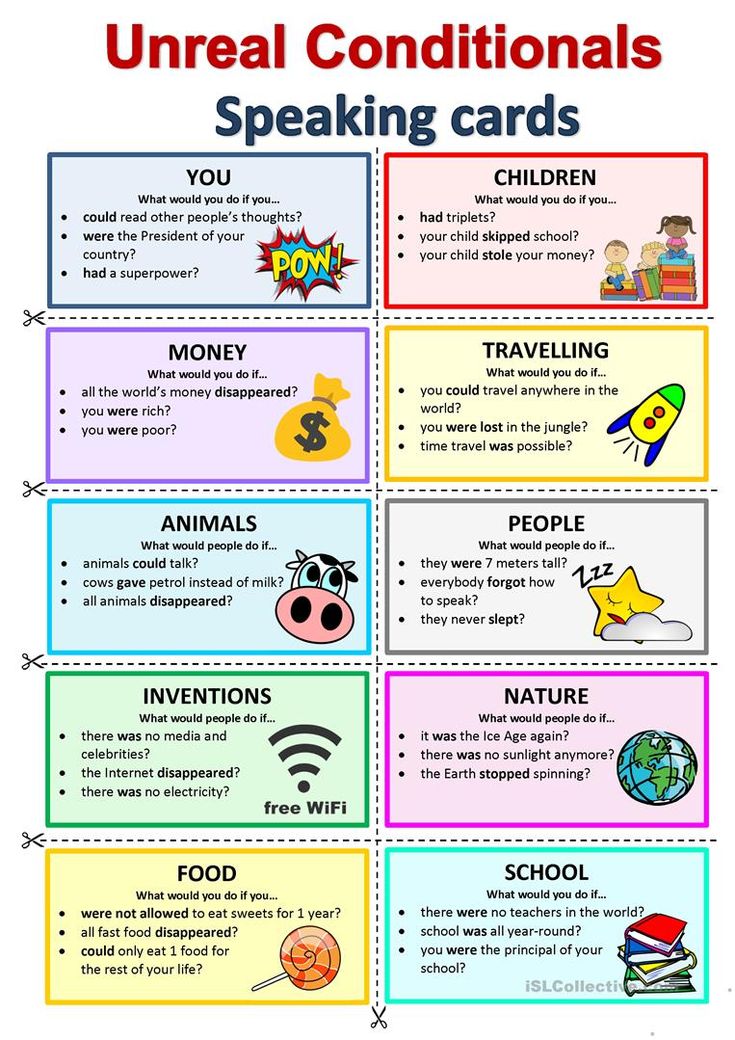 Work with each child on their own personal plan.
Work with each child on their own personal plan.
So:
- Start small
- Involve your child
Even if a child is able to read, it is often not enough. That is true especially for children with ASD. A tool like RoutineFactory makes is easy to incorporate pictures.
Make sure that the planning "lives" inside your family. Put up a printed schedule in a place that is easy for everyone to see. For example, put the morning plan you made in the child's room and regularly work through the plan together.
If your child has a smartphone, they can easily use the RoutineFactory app. When a new activity is supposed to start there will be an alarm on the phone. You can even adjust the schedule remotely so that your child's schedule is always up-to-date.
After you have worked with the morning schedule for a few days and it worked well, you can expand it to include a schedule around lunch. Your child's school schedule may well be the same every day with perhaps only a sports club or other activity
occurring on a specific day.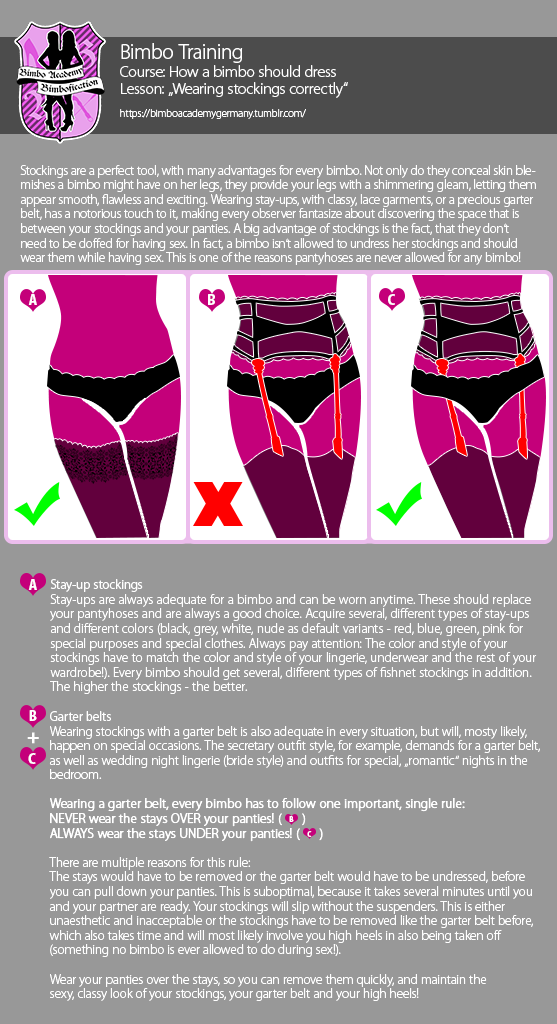 After just a short while you can expand into the evening schedule. And don't forget to involve your child at every step!
After just a short while you can expand into the evening schedule. And don't forget to involve your child at every step!
So:
- Start small
- Involve your child
- Let the planning be part of your life
- More possibilities with the app
- Expand (and involve your child!)
Take care to have a continuous plan. You can insert activities that are "free play" but many children still appreciate guidance here.
Be generous in your praise when your child adheres well to the schedule.
It is also important to ask your child often if the schedule still works well for them and if they think that it needs to be adjusted a little.
If certain situations have always been a little difficult, for example in the morning, it might be helpful, especially in the beginning, to focus on a reward. For example, let your child work towards a reward if they manage to adhere to the
plan.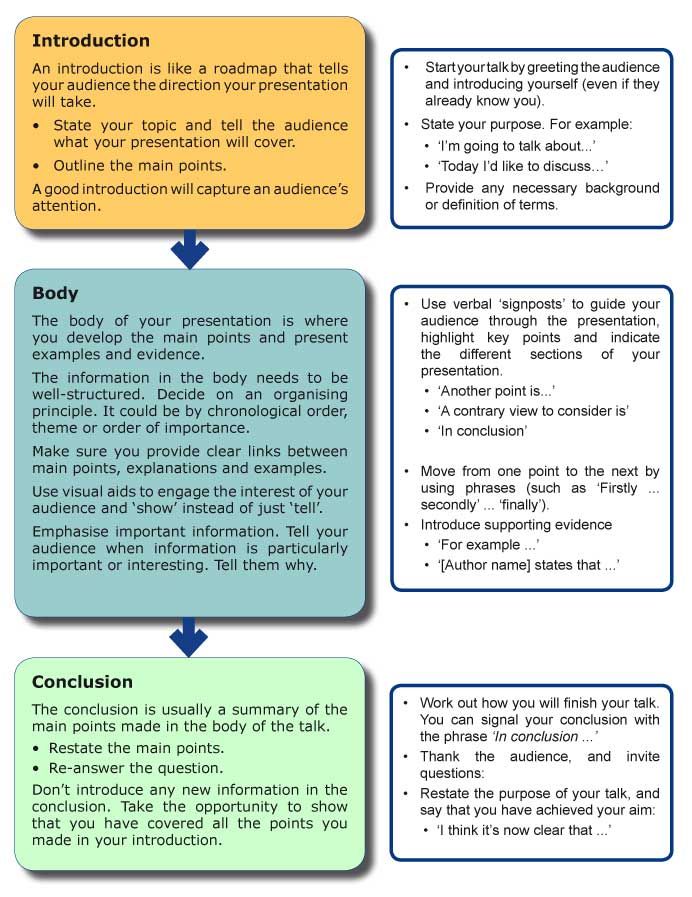 For instance, you may reward the child with stickers (if age appropriate). If then the child collects a certain number of stickers you may give them a gift they might like or reward them with a fun activity. You can also manage this
in the RoutineFactory app!
For instance, you may reward the child with stickers (if age appropriate). If then the child collects a certain number of stickers you may give them a gift they might like or reward them with a fun activity. You can also manage this
in the RoutineFactory app!
With RoutineFactory, you can create a morning routine within 10 minutes: Click here!
Weekends are especially difficult for many families. You get out of bed at a different time and different activities may be planned. In the morning you as a parent may think, "This is going to be a long day."
Therefore, planning and structure are especially important on the weekend.
Still get up at a fixed time(this may of course be a little later on the weekend, but don't make it too late).
Structure your weekend days as routine-bound as possible but leave time-slots for varying activities. For example between 10 am and noon and 2:30 and 4:30 pm.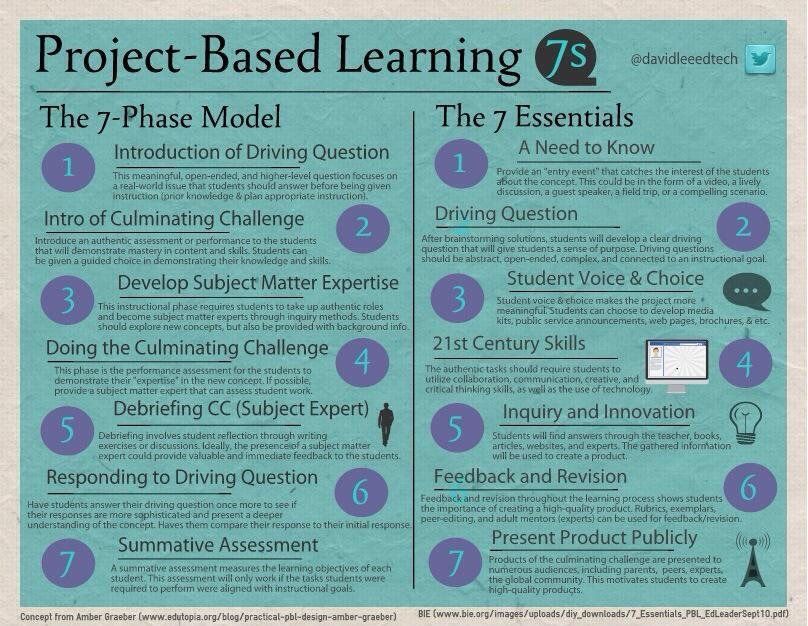 You can then take some time the day before and discuss these planned activities
with your child. This way you will still be able to enjoy spontaneous activities, but you will appreciate that structure will continue throughout your day.
You can then take some time the day before and discuss these planned activities
with your child. This way you will still be able to enjoy spontaneous activities, but you will appreciate that structure will continue throughout your day.
Young teenagers and adolescents are sometimes difficult to convince how important it is to have a solid plan. That's why you need to find tools that fit into their preferences. The RoutineFactory app is a good fit since you can see and manage everything on a smartphone. This makes it much more attractive for your older children. Especially in adolescence, it is important that it is their own plan. Try to motivate them to take charge of their own planning. The ideal situation would be if all you had to do as a parent was to monitor.
And then you will have accomplished structure within your family. Things run smoothly and you can see that it works!
After a few weeks, however, you may hit a rough patch.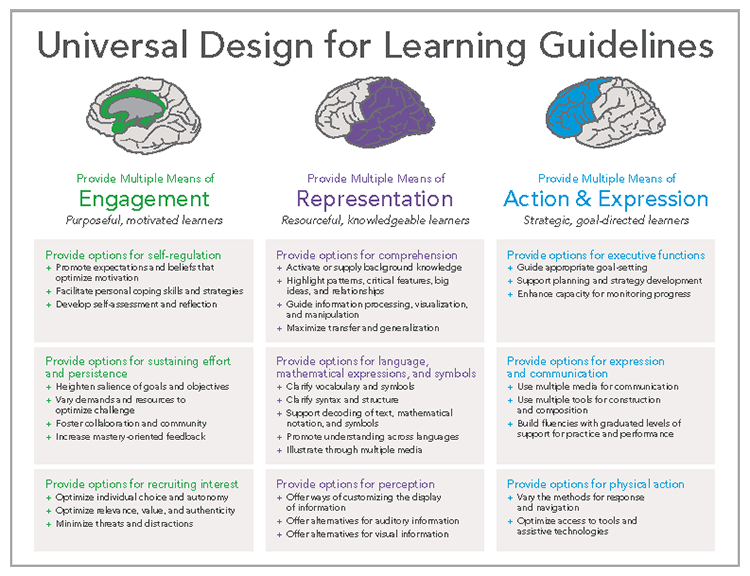 At first you may not realize what happened, but the kids are busier, there are suddenly more conflicts and structure seems to have taken a backseat.
At first you may not realize what happened, but the kids are busier, there are suddenly more conflicts and structure seems to have taken a backseat.
But once you realize it you can solve it! All you have to do again is to go back and review the plan. Talk about it and see where changes may be needed. Hang it back up our activate it online and stick to it again. Before you know it you will be back on the right path!
Creating a safe environment for raising a child
- Home /
- Security /
- Prevention of crimes against children /
- Creating a safe environment for raising a child
1. Creating a safe environment for raising children at home and outside the family environment.
One of the foundations of child safety - is our parental foresight. Its main law is: "Foresee, if possible, avoid, if necessary - "act".
Try to look at your house not with the eyes of a wise adult, but with the eyes of a nimble active toddler.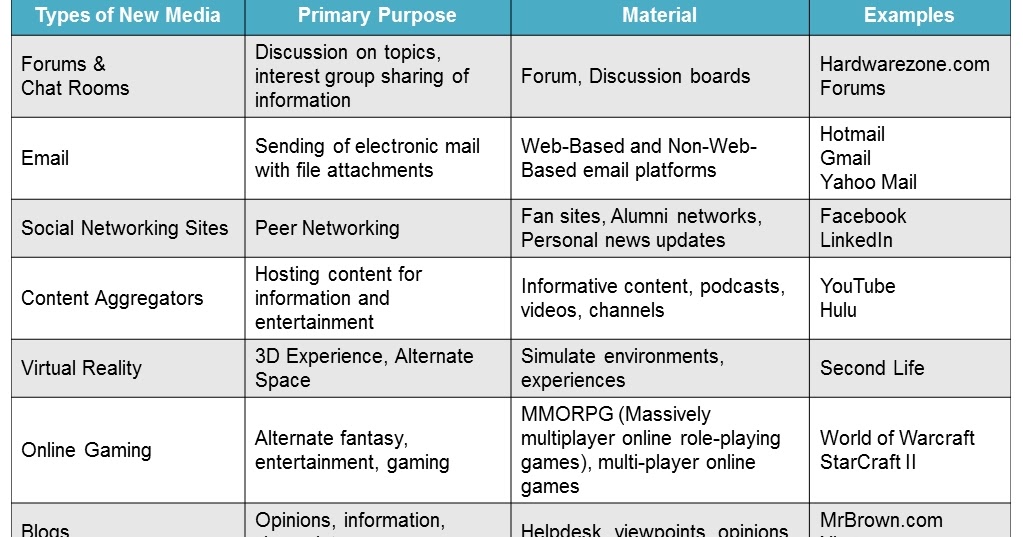 He wants to touch everything and stick his curious nose everywhere. It is important to put yourself in the place of a child as often as possible. Only in this way can danger be foreseen
He wants to touch everything and stick his curious nose everywhere. It is important to put yourself in the place of a child as often as possible. Only in this way can danger be foreseen
If there are no structures in the house that can easily collapse, then the baby will never turn anything over. If all the drawers of your furniture have special latches, then the child will never pull out the whole drawer and drop all its contents on himself.If you have a non-slip rug in the bathroom and you never leave the child unattended there, it means that you have reduced the possibility of injury in this room to a minimum.For safety reasons, place only such doors on the bathroom and toilet doors. Boxes that can be easily opened from the outside. And no hooks, and latches that a child can close by accident or on purpose, out of prank. Once upon a time, this is exactly what one naughty four-year-old kid did, closing himself from his grandmother on the balcony. She had to break the glass to open the hook.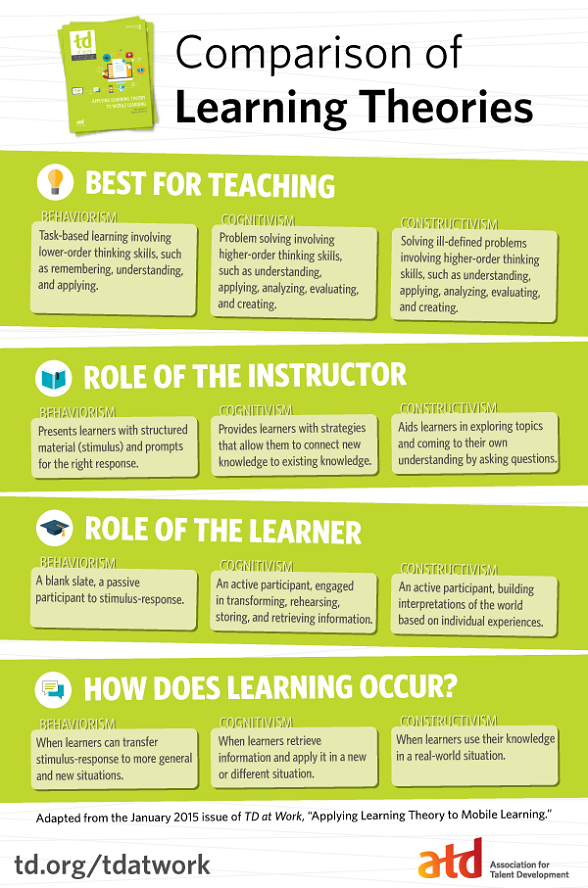 But none of this would have happened if there hadn't been this very hook on the balcony door. Until the child learns to carefully open and close the doors, it is better to put on them special latches that are fixed above the doors and prevent them from slamming shut.
But none of this would have happened if there hadn't been this very hook on the balcony door. Until the child learns to carefully open and close the doors, it is better to put on them special latches that are fixed above the doors and prevent them from slamming shut.
You can not discount electricity.
Be sure to tell your child the purpose and arrangement of sockets. Better yet, let dad sort out the outlet with the baby. Once seeing her device, the child most likely will not want to disassemble it on their own. Explain and constantly remind you of the dangers of plugging objects, especially metal ones, into a socket. Almost all children of all ages suffer from this disease. In a house where there are kids, it is worth using special plugs, but it is better to teach the grown-up little ones the rules for using electrical appliances. This is much more effective than banning and shouting. Explain to your child how to properly plug and unplug electrical appliances, paying attention to the fact that you should not touch the metal contacts with your hands.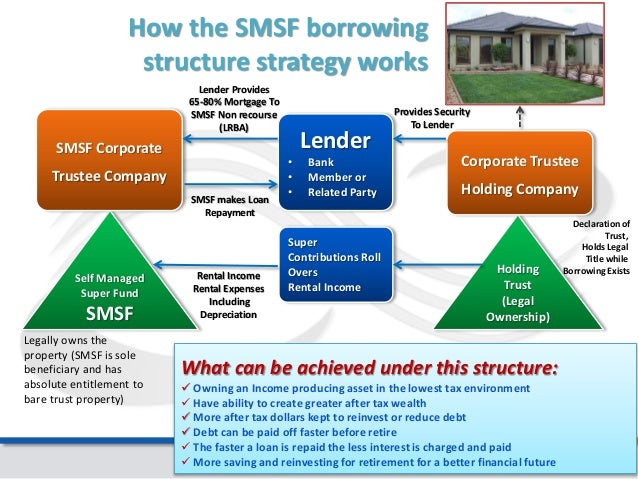 And especially do not do this with wet hands.
And especially do not do this with wet hands.
Suitable fairy tales will also come to the rescue. So, the children's writer and poet A. Usachev in the book "Smart Dog Sonya" has an instructive, but not terrible story about Sonya's experiments with electricity: "I took the dog Sonya and put her tail into the outlet. And then someone would grab it with their teeth !.." Read this tale together with the baby, let the baby draw the appropriate conclusions for himself.
We have all heard it many times and know the rule very well: medicines, detergents, household chemicals and other toxic substances must be stored in lockable drawers or cupboards and out of the reach of a child. We know, but do we do it? The statistics are ruthless. It is poisoning with household chemicals that ranks first among all the accidents that occur with children. And, as a rule, this happens because of our negligence. Most often, children try the contents of the bottles by mistake, confusing them with familiar food products (juice, honey, jam) or being seduced by the beautiful color and pleasant smell. This happens especially often if parents store household chemicals in food containers. For example, in plastic bottles for drinks.
This happens especially often if parents store household chemicals in food containers. For example, in plastic bottles for drinks.
But just locking jars and vials is not enough. We will not be able to protect the baby from the outside world indefinitely. So, as in all other cases, children's interest must be foreseen and prevented. Show the child the household chemicals in the house and explain their purpose. Pay attention to the baby that many products are so poisonous that it is better to work with them with gloves. Moreover, they can cause harm, even just hitting the skin. The child must be absolutely clear that none of these products can be drunk or eaten, even if they smell "edible". Remind about this more often and be sure to talk about the possible consequences of such "tastings". And the most dangerous substances - household poisons and fertilizers - should be categorically inaccessible to children.
The same applies to drugs. There are enough problems with them too. Any child has used them at least once in his life, and is often sure that medicines are a necessary and useful thing. You should not dissuade him from this, but explain that only a doctor or, sometimes, a mother can prescribe medications. Each medicine helps with a certain disease, and in other cases it can be dangerous. Tablets and syrups (even "harmless" vitamins) are not sweets or jam, and you can't eat them as much as you want. Only in a certain dose does a medicine cure; in other doses it can become a poison. Never trust even a very conscious child to take the necessary medicines himself, he must always do this under your control.
Any child has used them at least once in his life, and is often sure that medicines are a necessary and useful thing. You should not dissuade him from this, but explain that only a doctor or, sometimes, a mother can prescribe medications. Each medicine helps with a certain disease, and in other cases it can be dangerous. Tablets and syrups (even "harmless" vitamins) are not sweets or jam, and you can't eat them as much as you want. Only in a certain dose does a medicine cure; in other doses it can become a poison. Never trust even a very conscious child to take the necessary medicines himself, he must always do this under your control.
Never leave medicines within the reach of a child. Even a bottle of vasoconstrictor drops, harmless in our opinion, with which we drip our nose with a cold, can be deadly for a baby if he drinks it ...
Next danger - windows, balconies and other heights. Its relevance is inversely proportional to the age of the child: the child grows up - the risk decreases.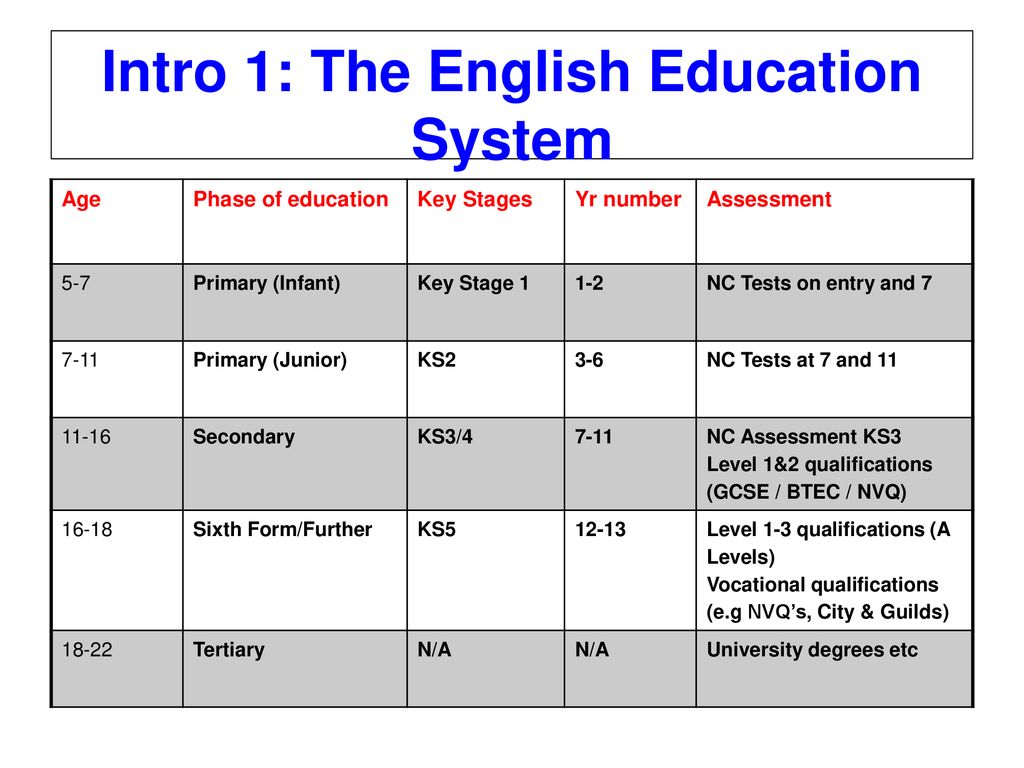 But up to a certain limit. To ensure the safety of the crumbs, it is enough to put special limiters on windows and doors, open only the windows for ventilation and not leave the baby unattended on the balcony. The older child already knows that height is dangerous, but at the same time, it can attract him like a magnet. There is a certain category of children who are afraid of heights, but there are others whose self-preservation instinct seems to be dulled, and they are capable of some rash acts. And again a case from life with a happy ending. One girl told how at the age of six she wanted to sit on the balcony railing with her legs hanging down. And she almost did it on her balcony, on... the ninth floor. She held up a stool and started swinging her leg over the railing, but luckily she dropped her slippers. Fearing that her mother would scold her (and at that time her mother was sleeping after the night shift), the girl ran downstairs for a slipper and no longer dared to repeat the conceived feat.
But up to a certain limit. To ensure the safety of the crumbs, it is enough to put special limiters on windows and doors, open only the windows for ventilation and not leave the baby unattended on the balcony. The older child already knows that height is dangerous, but at the same time, it can attract him like a magnet. There is a certain category of children who are afraid of heights, but there are others whose self-preservation instinct seems to be dulled, and they are capable of some rash acts. And again a case from life with a happy ending. One girl told how at the age of six she wanted to sit on the balcony railing with her legs hanging down. And she almost did it on her balcony, on... the ninth floor. She held up a stool and started swinging her leg over the railing, but luckily she dropped her slippers. Fearing that her mother would scold her (and at that time her mother was sleeping after the night shift), the girl ran downstairs for a slipper and no longer dared to repeat the conceived feat.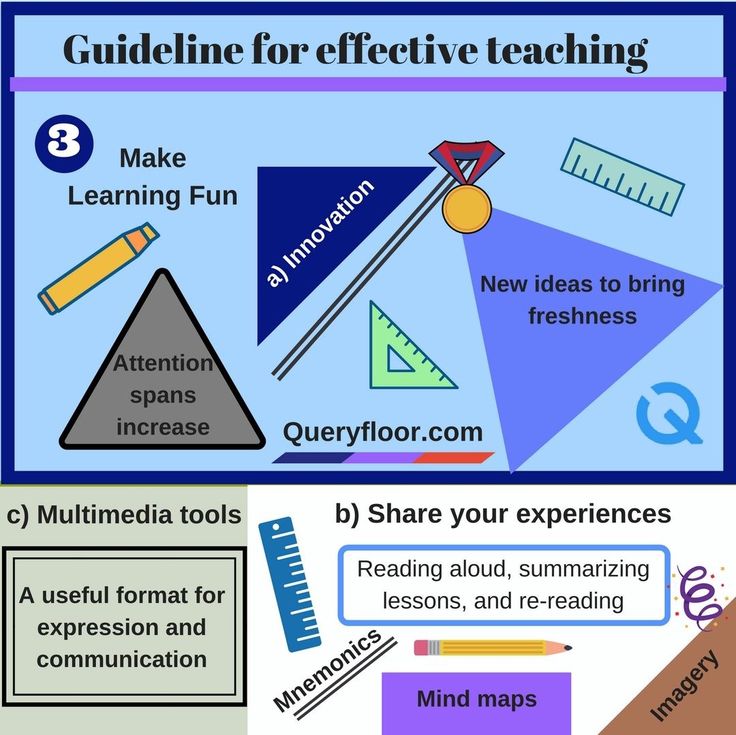 Perhaps it was the flight of the shoes that had a sobering effect on her. And didn't she know that height is dangerous? Know something knows, but did you understand? Surely, many of you have some similar childhood memories and feelings. It would be nice not to forget about them. Then it will be much easier for you to understand the actions and psychology of your baby and prevent a possible tragedy.
Perhaps it was the flight of the shoes that had a sobering effect on her. And didn't she know that height is dangerous? Know something knows, but did you understand? Surely, many of you have some similar childhood memories and feelings. It would be nice not to forget about them. Then it will be much easier for you to understand the actions and psychology of your baby and prevent a possible tragedy.
It should be an absolute taboo for a child to look out of a window or balcony, to put a chair or other device under his feet. Gaping, he can stick out too much. And only confidential, regular conversations will help to convey to the consciousness of the little "pilot" all the possible consequences of dangerous games with altitude. For especially fearless and obstinate children, you can conduct "shock" therapy, showing how a paper or plastic bag filled with water flies out of the window and breaks when it hits the ground. This kind of intimidation is an extreme measure, but in some cases it brings tangible benefits.
The kitchen is not in vain considered the most dangerous area in the entire apartment. But trouble will not happen if mom clearly follows simple rules. Teach yourself to always turn pots and pans with their handles towards the center of the stove, and explain to your baby as early as possible that the stove can be very hot. Let the child see for himself by lightly touching the heating oven with his hand. He will not have time to burn himself, but he will feel the temperature. Any outdoor games in the kitchen should be an absolute taboo for the baby. Follow this law strictly.
Another kitchen hazard is knives and other cutting and stabbing objects. It is useful to know about one interesting childhood feature. Preschoolers perceive all words with the particle "not" a little differently than adults. Any prohibitions often cause them a subconscious desire to do the opposite. Therefore, it's best not to overuse phrases like "Don't do it! Don't touch it! Don't take it! Don't mess around!" Instead of forbidding, it is better to teach how to use dangerous objects correctly and carefully.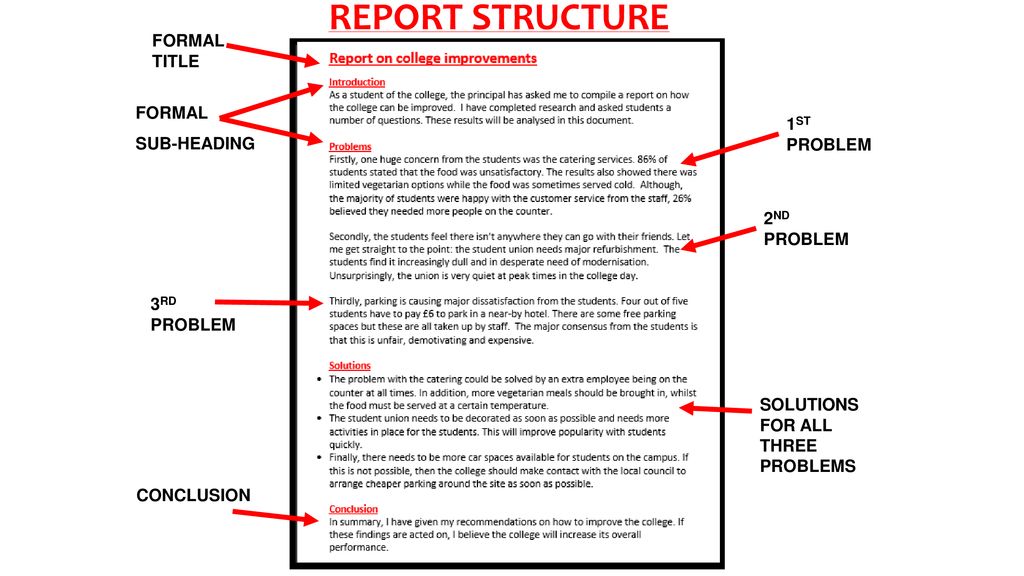 The phrase "never touch a knife" would be better replaced by this: "The knife must be handled very carefully. It is sharp and you can cut yourself. It will hurt." It happens that we ourselves, while cooking, can accidentally cut our finger. Show the cut to the baby. Let him make sure that your warnings are not just words. Involve your little helper in preparing dinner by giving him a plastic knife and boiled vegetables. Let him cut them into circles, straws or cubes. And the grown-up little one can do simple kitchen manipulations with a real non-sharp knife, but under your strict guidance. The same recommendation can be attributed to household kitchen appliances. If the kid at least once sees what the meat turns into after getting acquainted with the electric meat grinder or food processor, he is unlikely to want to put his fingers in there. The easiest way to deal with dangerous childhood curiosity is to safely satisfy it. And the ability to properly use a knife and fork will reduce the possibility of injury to nothing.
The phrase "never touch a knife" would be better replaced by this: "The knife must be handled very carefully. It is sharp and you can cut yourself. It will hurt." It happens that we ourselves, while cooking, can accidentally cut our finger. Show the cut to the baby. Let him make sure that your warnings are not just words. Involve your little helper in preparing dinner by giving him a plastic knife and boiled vegetables. Let him cut them into circles, straws or cubes. And the grown-up little one can do simple kitchen manipulations with a real non-sharp knife, but under your strict guidance. The same recommendation can be attributed to household kitchen appliances. If the kid at least once sees what the meat turns into after getting acquainted with the electric meat grinder or food processor, he is unlikely to want to put his fingers in there. The easiest way to deal with dangerous childhood curiosity is to safely satisfy it. And the ability to properly use a knife and fork will reduce the possibility of injury to nothing.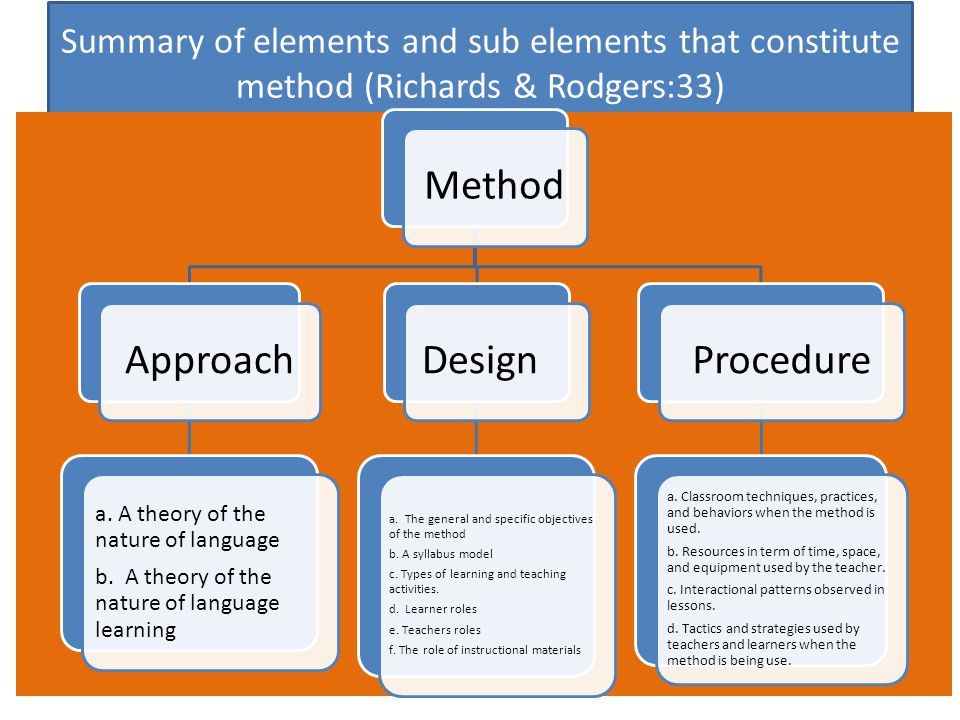
Educational work on the topic of safety should be started from the most tender age, not naively believing that the child is too small and does not understand anything. Be sure to agree between the relatives who are involved in raising the child, as well as with the nanny, if you have one, what is allowed for the child and what is not. To exclude manipulation by your child: mom forbids it, and dad allows it.
Important! Never leave your child unattended in the bathroom while eating in a high chair.
It is difficult to say unequivocally at what age a child can be left at home alone. Everything depends on the child himself: on his intelligence, consciousness and psychological readiness. One thing is for sure: a preschooler cannot be left alone, and it makes sense to gradually accustom him to independence. You must be sure that the child will not be afraid to be at home without you, that he will be able to find a meaningful activity for himself, and that he has firmly mastered the basic safety rules.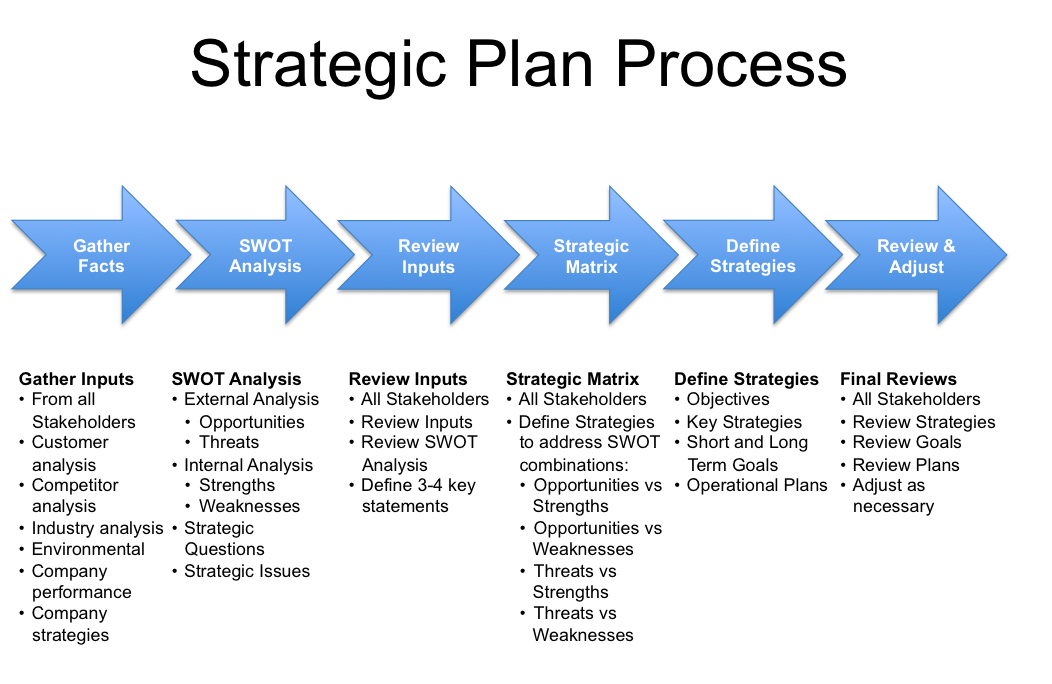
How often do we remind our baby: "Don't open the door for anyone!" But such words for a child may remain empty words if we do not supplement them with some explanations. The baby may understand your warnings in a completely different way. For example, like this: “You can’t open the door to bandits, but you can open the door to your neighbor Uncle Kolya, and this pretty aunt can also, because she called herself a postman ...” Often, in the children’s imagination, criminals are drawn without fail evil, scary, with knives and pistols. The child does not even imagine that a nice, nice person can be a real bandit. In response to the bell, the child should look through the peephole and ask: "Who?" You must clearly explain to the baby that "do not open the door for anyone" - this means ANYONE, no matter who the person introduces himself to and no matter what he says. If someone you know well is outside the door, let the child ask him to come later when mom or dad returns.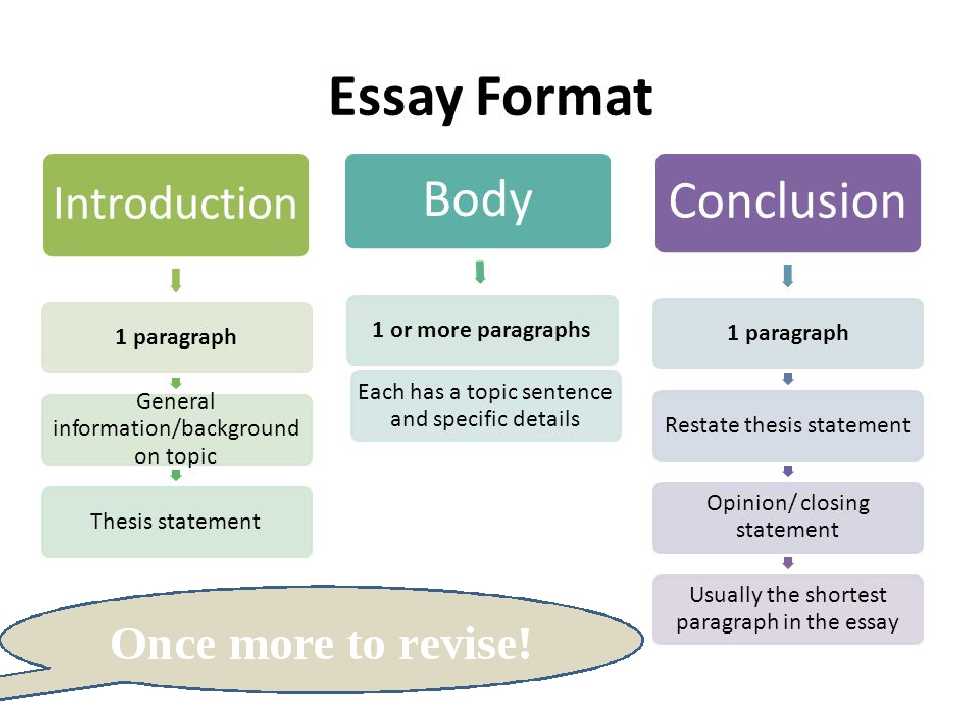 If the visitor is not familiar to the child, it is better to say something like: "Dad is in the bathroom now, when he comes out, he will open it for you."
If the visitor is not familiar to the child, it is better to say something like: "Dad is in the bathroom now, when he comes out, he will open it for you."
It may seem that a good way out of the situation is to lock the baby from the outside with a key so that he cannot open the door to anyone at all. But it is absolutely impossible to do this. On the contrary, you must be sure that the child, if necessary, will be able to independently open the door and get out of the apartment. Anything can happen, and the path to salvation must be free.
Teach your child how to use the phone as early as possible. This is especially important if you often have to leave your child at home alone. Write large on a piece of paper and hang in a conspicuous place the phone numbers of the ambulance, fire department, police, parents' mobile numbers, as well as the phone number of one of the relatives, friends or reliable neighbors who live nearby and are ready to help the baby if necessary . The child must clearly know in which case and on which phone he should call, be able to give his name and address. By the way, about the address. Explain to the child that when answering the phone, under no circumstances should he tell the caller that he is at home alone and not give his address. The best answer would be: "Mom is busy now. Call back later." Teach your child to think that at the slightest doubt about the correctness of his actions, he should immediately call you back on your mobile phone, tell you about what happened and ask for advice. Yes, and you yourself call home from time to time to make sure that the child is all right and ask what your son or daughter is doing.
The child must clearly know in which case and on which phone he should call, be able to give his name and address. By the way, about the address. Explain to the child that when answering the phone, under no circumstances should he tell the caller that he is at home alone and not give his address. The best answer would be: "Mom is busy now. Call back later." Teach your child to think that at the slightest doubt about the correctness of his actions, he should immediately call you back on your mobile phone, tell you about what happened and ask for advice. Yes, and you yourself call home from time to time to make sure that the child is all right and ask what your son or daughter is doing.
2. What children need to know to protect themselves
A child can avoid trouble if he knows exactly what to do when he is in a dangerous situation. To say "no" firmly, to tell someone who can really help - these skills, vital for any child, should be dynamically instilled in him for use in any situation that threatens his safety.
If children know well how their body is arranged, understand that it belongs only to them, then they will not allow anyone to touch them, except for those people who do not abuse their trust. Even young children need to know the correct names for body parts, including the genitals.
Answer children's questions simply and clearly, using only words they understand. The bathroom may be the most appropriate place for personal safety training. When washing a preschool child, soap should be given to him so that he will wash his genitals. It is necessary to explain that this part of the body is intimate, that no one except the doctor, if necessary, can touch it without his consent, and the child himself should also not touch the intimate parts of the body of other people.
It is necessary to teach a child to trust his feelings, intuition. In this way, he will be able to recognize the possible danger and avoid it, be able to distinguish between good, bad and embarrassing touches.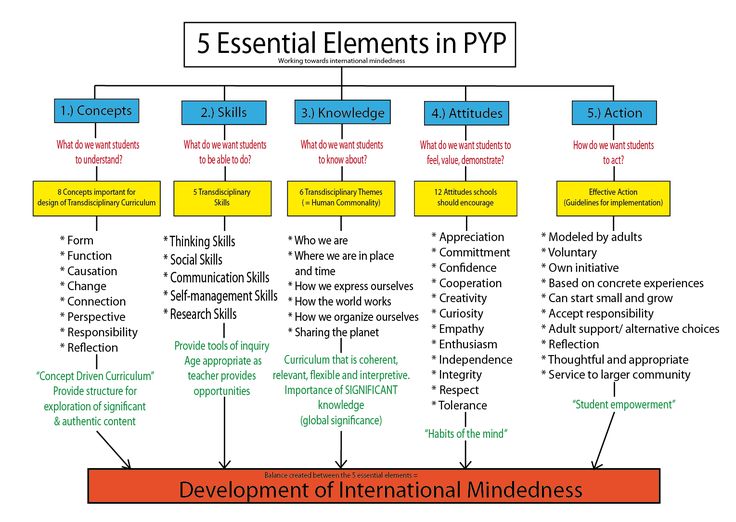
At the same time, it should be explained that good touches are always pleasant, like the hugs of those whom the child loves, or like friendly handshakes, bad touches are harmful and leave unpleasant memories that you want to get rid of and which can hurt the soul, embarrassing touches lead to embarrassment, disturb the peace, cause unusual excitement. Embarrassing touches can be touches that start out nice and then hurt. For example, tickling that goes on for too long. Or it can be pleasant touching, but of people whom the child does not know well enough, or "secret" touching, when someone touches the intimate parts of the body.
If some kind of touch hurts or embarrasses, the child should loudly say "no", looking directly into the eyes of the one who does it, run away, tell about everything to an adult whom he trusts.
It should be explained to the child that well-behaved children, although they must respect adults, should not obey every adult just because he is older and has the right to demand obedience. Sometimes it can be dangerous and lead to trouble. Personal integrity is the right of every person. The child must be taught to say firmly "no" in the event of any infringement on his integrity, just as he is taught to close the door when he washes in the bathroom.
Sometimes it can be dangerous and lead to trouble. Personal integrity is the right of every person. The child must be taught to say firmly "no" in the event of any infringement on his integrity, just as he is taught to close the door when he washes in the bathroom.
Parents should maintain a trusting relationship with their children.
To do this, it is necessary to create such relationships in the family in which the child can freely discuss any problems with adults. It is important to support the child's right to refuse to hug or kiss an adult if he does not want it - these caresses, even from a relative or close family friend, can be unpleasant for the child. An alternative to them can be a friendly conversation or a handshake, as an expression of warm feelings. Parents are required to be patient and learn to listen carefully to children when they talk about the events of their lives or about friends, ask the child questions about his feelings, fears and sorrows, encourage the child to share his innermost experiences - this is one of the most important conditions that helps to avoid trouble.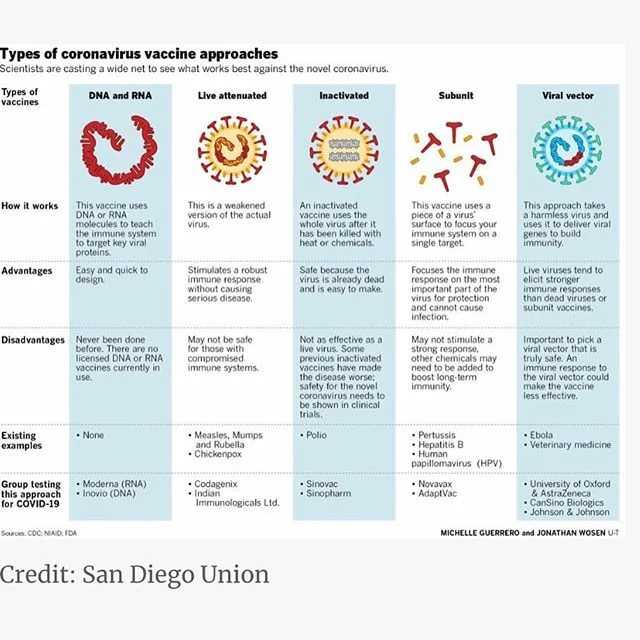 .
.
You need to be aware of the child's relationship with other children and adults, and the secrecy surrounding the relationship of a baby or teenager with other people should alert.
Relationships with strangers. The child can get into dangerous situations when in contact with strangers. Each family should establish safety rules that will help children avoid trouble when they are left at home alone or outside it:
- the front door must be slammed and locked. You can not open the door to strangers, even if it is a postman, policeman or plumber;
- the safest answer by a child on the phone when he is at home alone may be the phrase that mom and dad are busy, instead of telling the caller that the parents are not at home;
- a minor must know which of his friends or neighbors he can call in the absence of parents and adults if he gets scared or finds himself in a critical situation;
- emergency phone numbers should be placed next to the telephone;
- you need to teach the child to use a pay phone, know the home phone number and postal address;
- if the child regularly goes to certain places (school, shop, sports section, etc. ), you must choose the safest route together with him;
), you must choose the safest route together with him;
- The use of a security password in the family also helps out. It is important to choose a catchy word that the minor will use as a signal that he is in danger and needs help, etc.
Advice for the little ones. Dear parents, try not to scare your child, but make sure that he firmly remembers the following rules:
Never get into a car with a stranger. If someone asks about it, tell your parents immediately.
· Always play with friends.
Never accept gifts (sweets) from strangers without the permission of elders.
· Never agree to go anywhere accompanied by strangers.
· Scream as loud as you can if someone wants you to get into a car or go somewhere.
Remember your address and phone number (including area code), phone 112.
Carry a list of your parents' work phone numbers with you at all times.
· Remember the secret password, and only agree to go with people who know it.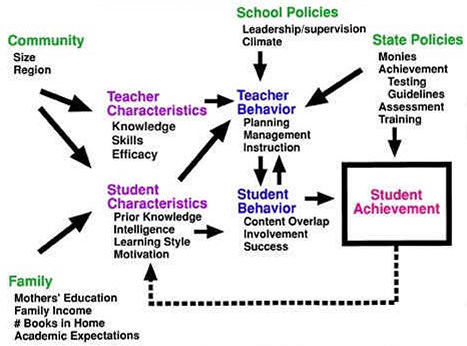
Never let anyone touch you. Tell your elders right away if this happens.
· Remember that your parents love you and will never punish you for telling the truth.
· In case of attack, run to the building with a sign.
Memo to parents. Before you apply physical punishment to a child, stop!
· Physical punishment teaches the child a lesson in violence.
· Physical punishment violates the unconditional assurance that every child needs to be loved.
· Punishments contain lies! Pretending to solve pedagogical problems, parents, in this way, vent their anger on the child. An adult beats a child only because he himself was beaten as a child.
· Physical punishment teaches the child to accept conflicting evidence: "I'm beating you for your own good." The child's brain stores this information.
Punishment causes anger and a desire for revenge, this desire remains repressed, and manifests itself much later.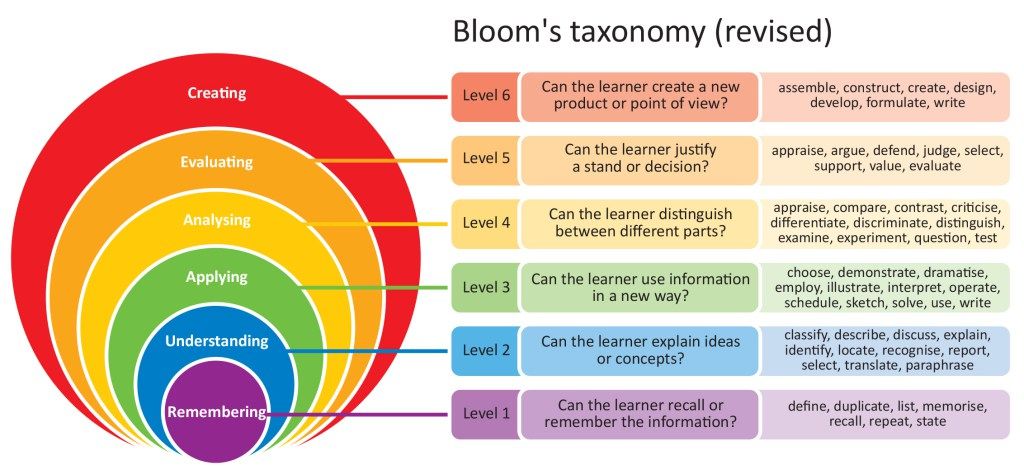
· Punishment destroys the child's receptivity to his own suffering and compassion for others, thus limiting the child's ability to know himself and the world.
What lesson does the child take from this?
· I don't deserve respect.
· Good things can be learned through punishment (it usually teaches a child to want to punish others in turn).
Suffering should not be taken personally, it should be ignored (it is dangerous for the immune system).
· Violence is a manifestation of love (many perversions grow on this basis).
Denial of feelings is a normal healthy phenomenon.
No protection against adults.
How does repressed anger manifest itself in children?
· Ridicule of the weak and defenseless.
Fights with classmates.
· The humiliation of girls, symbolizing the mother.
· Bad attitude towards the teacher.
· A selection of TV shows and video games that provide an opportunity to re-experience repressed feelings of rage and anger.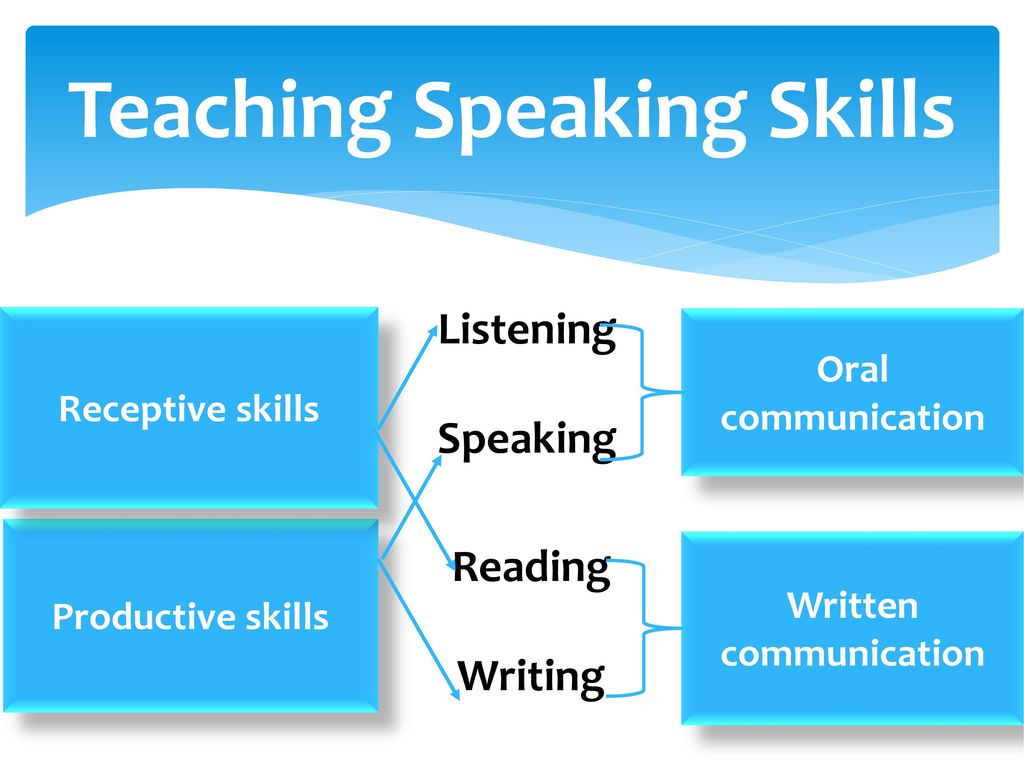
Tips for parents.
1. SET A GOOD EXAMPLE. Threats, beatings, mental pressure, insults, etc. rarely improve the situation. Your child will model your behavior and will learn from you how to deal with anger without using force. Set boundaries. Restrictions teach self-discipline and how to control mutual emotions based on non-violence.
2. BE A FREQUENT SCHOOL VISITOR. If your child is having problems that cause depression and low self-esteem, go to school. School staff exist to help children learn and succeed.
3. TALK TO CHILDREN ABOUT TV VIOLENCE, don't just turn off the TV. Explain to them that most of the violence shown in films is a product designed to entertain, excite, keep the viewer in suspense. And that this does not mean at all that such a model of behavior should be applied in your life.
4. DO NOT UNDERSTAND THE IMPORTANCE OF THE WORDS "I LOVE YOU". Children of any age need approval, kisses, hugs, friendly pats on the back. They want to hear "I'm proud of you!".
They want to hear "I'm proud of you!".
5. TALK TO YOUR CHILDREN ABOUT VIOLENCE. Encourage them to talk to you about their fears, their anger and sadness. Parents should listen to their children's concerns, share their interests and feelings, and give good advice. Watch how your children communicate. If your child has been abused, try to resist the urge to judge or justify what happened. Take the time to figure out the circumstances, then decide how you can help prevent further violence with your support.
6. If you or someone in your family is feeling lonely, unloved, hopeless, or has problems with drugs or alcohol, seek help. It is believed that more than half of all violent acts are committed by people who use alcohol or drugs.
How to protect your child:
1. Teach your child to say "No" to any adult who feels threatened.
2. Teach your child to scream loudly "That's not my mom!" (or "That's not my dad!" ) if someone tries to grab him.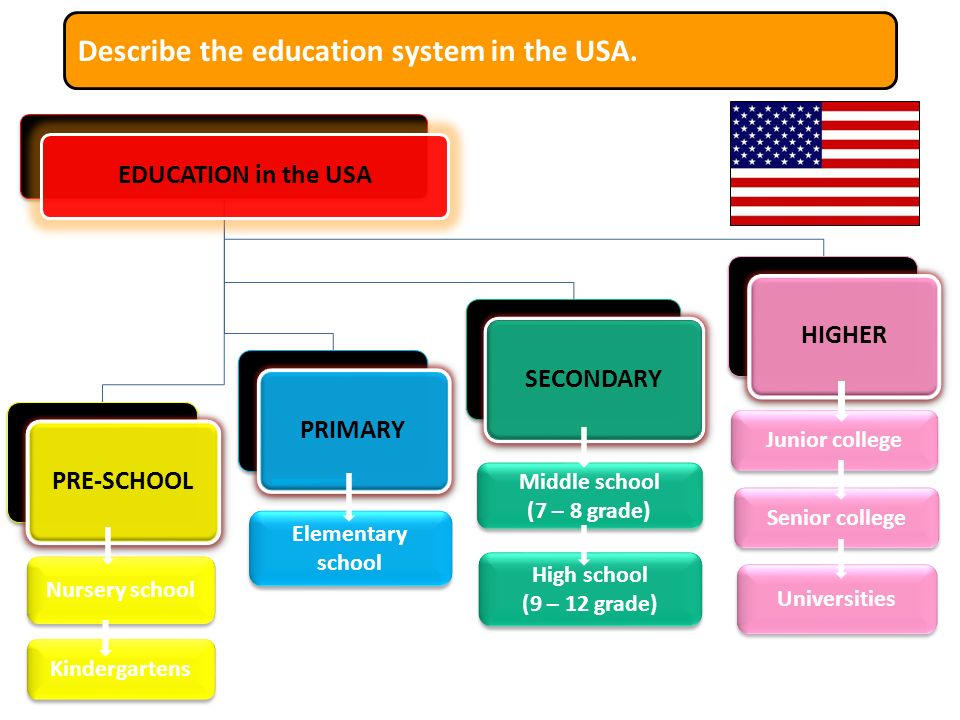 This will attract the attention of others and scare off the criminal.
This will attract the attention of others and scare off the criminal.
3. Teach your child to tell you where he is going, when he is about to return, and to call you if plans change unexpectedly.
4. Try to pick up your child from kindergarten or school yourself. If someone else comes for him, warn the teacher or school teacher about this in advance.
5. Create a password for your child and teach him never to get into a car with a stranger or go anywhere with him if that person does not know the password.
6. Reassure your child that it is much safer to go out with friends than alone, especially at night. A criminal is always attracted to a lonely walking child.
7. Teach your child how to use the phone. He must know the home phone numbers and telephone numbers of help services by heart.
8. Take pictures of your child at least once a year. The description you have of the child's appearance and special features will help you if he is lost or abducted.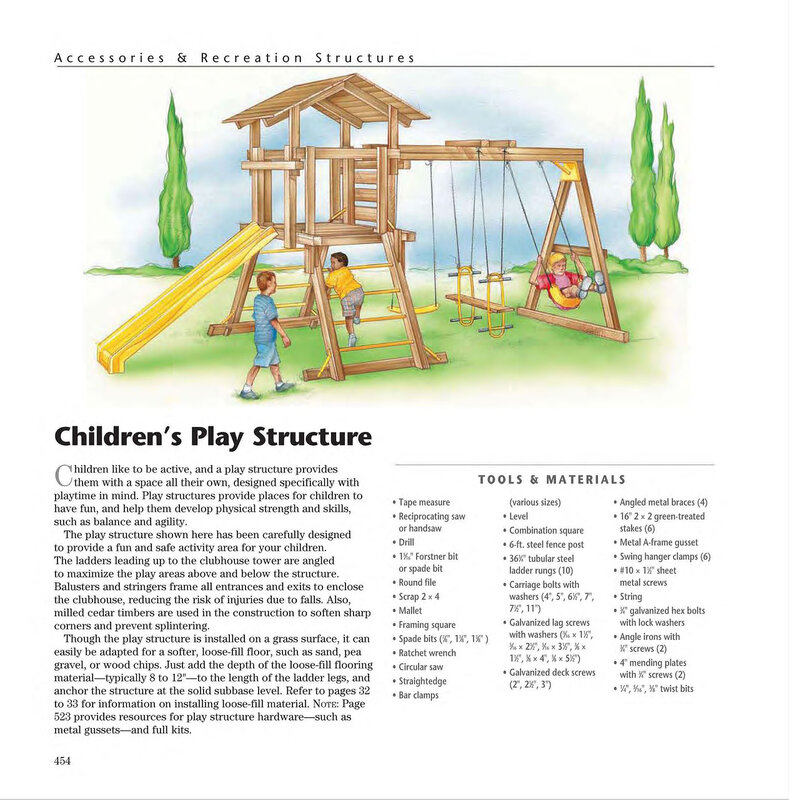
9. Be the kind of parent that your child can tell about everything that happens to him. The child must be sure that you will always love him and never stop looking if he is lost or stolen.
Principles and methods of family education.
09/03/2018
The concept of family education
A family is a socio-pedagogical group of people designed to optimally meet the needs for self-preservation (procreation) and self-affirmation (self-respect) of each of its members. The family creates in a person the concept of home not as a room where he lives, but as feelings, sensations, where they wait, love, understand, protect. The family is such an education that “encompasses” a person as a whole in all its manifestations. All personal qualities can be formed in the family. The fateful significance of the family in the development of the personality of a growing person is well known.
Family upbringing is a system of upbringing and education that develops in the conditions of a particular family by the efforts of parents and relatives.
Family education is a complex system. It is influenced by heredity and biological (natural) health of children and parents, material and economic security, social status, lifestyle, number of family members, place of residence, attitude towards the child. All this is organically intertwined and in each case manifests itself in different ways.
The tasks of the family are to:
-
create maximum conditions for the growth and development of the child;
-
become the socio-economic and psychological protection of the child;
-
to convey the experience of creating and maintaining a family, raising children in it and relating to elders;
-
to teach children useful applied skills and abilities aimed at self-service and helping loved ones;
-
to cultivate self-esteem, the value of one's own "I".

The purpose of family education is the formation of such personality traits that will help to adequately overcome the difficulties and obstacles encountered on the path of life. The development of intelligence and creative abilities, primary work experience, moral and aesthetic formation, emotional culture and physical health of children, their happiness - all this depends on the family, on parents, and all this is the task of family education. It is the parents, the first educators, who have the strongest influence on children. More J.-J. Rousseau argued that each subsequent educator has less influence on the child than the previous one.
The importance of the influence of the family on the formation and development of the child's personality has become obvious. Family and social education are interconnected, complement and can, within certain limits, even replace each other, but on the whole they are unequal and under no circumstances can they become so.
Family upbringing is more emotional in nature than any other upbringing, because its “guide” is parental love for children, which evokes reciprocal feelings of children for their parents. Consider the influence of the family on the child.
1. The family acts as the basis for a sense of security. Attachment relationships are important not only for the future development of relationships - their direct influence helps to reduce the anxiety that arises in a child in new or stressful situations. Thus, the family provides a basic sense of security, guaranteeing the safety of the child when interacting with the outside world, mastering new ways of exploring and responding to it. In addition, loved ones are a source of comfort for the child in moments of despair and unrest.
2. Models of parental behavior become important for the child. Children usually tend to copy the behavior of other people and most often those with whom they are in closest contact. Partly it is a conscious attempt to behave in the same way as others behave, partly it is an unconscious imitation, which is one aspect of identification with another.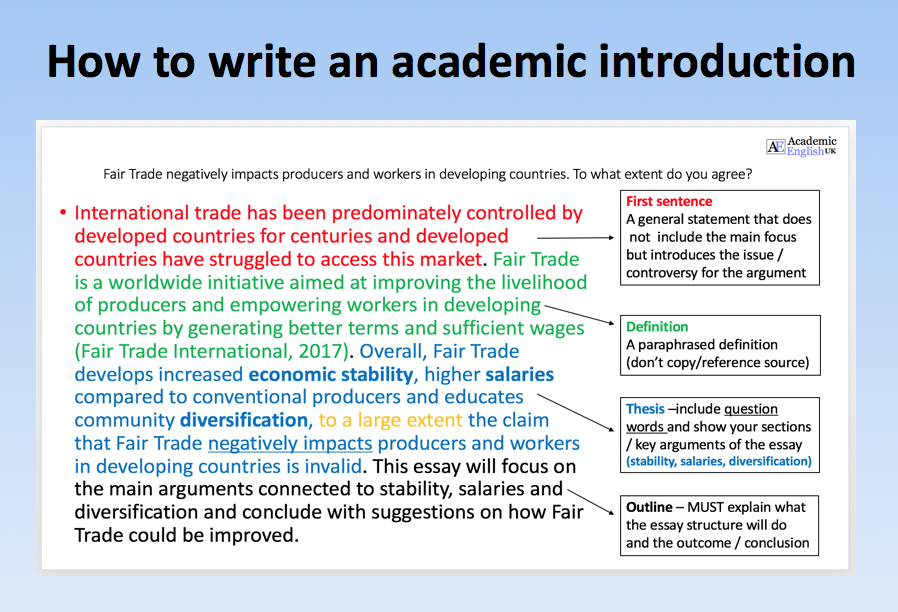
It seems that interpersonal relationships also experience similar influences. In this regard, it is important to note that children learn certain ways of behavior from their parents, not only by assimilating the rules directly communicated to them (ready-made recipes), but also by observing patterns existing in the relationship of parents (example). It is most likely that in cases where the recipe and the example match, the child will behave in the same way as the parents.
3. The family is of great importance in the acquisition of life experience by the child. The influence of parents is especially great because they are a source of necessary life experience for the child. The stock of children's knowledge largely depends on how parents provide the child with the opportunity to study in libraries, visit museums, and relax in nature. In addition, it is important to talk with children a lot.
Children whose life experiences have included a wide range of different situations and who are able to cope with communication problems, enjoy diverse social interactions, will be better than other children to adapt to a new environment and respond positively to the changes taking place around them.
4. The family is an important factor in the formation of discipline and behavior in a child. Parents influence the child's behavior by encouraging or condemning certain types of behavior, as well as applying punishments or allowing a degree of freedom in behavior that is acceptable to them.
From parents, the child learns what he should do, how to behave.
5. Communication in the family becomes a model for the child. Communication in the family allows the child to develop their own views, norms, attitudes and ideas. The development of the child will depend on how good conditions for communication are provided to him in the family; development also depends on the clarity and clarity of communication in the family.
The family for the child is the place of birth and the main habitat. In his family, he has close people who understand him and accept him as he is - healthy or sick, kind or not very good, docile or prickly and impudent - he is his own there.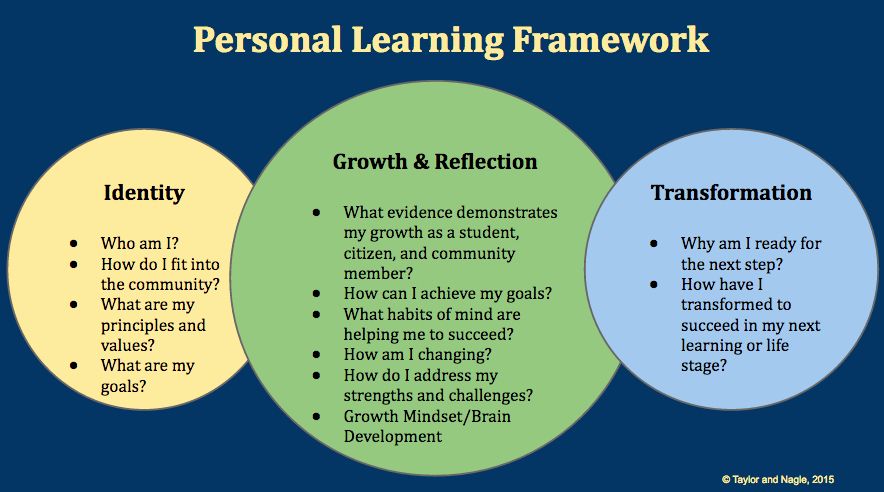
It is in the family that the child receives the basics of knowledge about the world around him, and with the high cultural and educational potential of his parents, he continues to receive not only the basics, but also the culture itself all his life. Family is a certain moral and psychological climate, for a child it is the first school of relations with people. It is in the family that the child's ideas about good and evil, decency, and respect for material and spiritual values are formed. With close people in the family, he experiences feelings of love, friendship, duty, responsibility, justice...
There is a certain specificity of family education in contrast to public education. By its nature, family education is based on feeling. Initially, the family, as a rule, is based on a feeling of love that determines the moral atmosphere of this social group, the style and tone of the relationship of its members: a manifestation of tenderness, affection, care, tolerance, generosity, the ability to forgive, a sense of duty.
A child who has not received parental love grows up unfriendly, embittered, callous to the experiences of other people, impudent, quarrelsome in a peer group, and sometimes closed, restless, overly shy. Growing up in an atmosphere of excessive love, affection, reverence and reverence, a small person early develops in himself the traits of selfishness, effeminacy, spoiledness, arrogance, hypocrisy.
If there is no harmony of feelings in the family, then in such families the development of the child is complicated, family education becomes an unfavorable factor in the formation of personality.
Another feature of family education is the fact that the family is a social group of different ages: it includes representatives of two, three, and sometimes four generations. And this means - different value orientations, different criteria for evaluating life phenomena, different ideals, points of view, beliefs. One and the same person can be both an educator and a teacher: children - mothers, fathers - grandparents - great-grandmothers and great-grandfathers.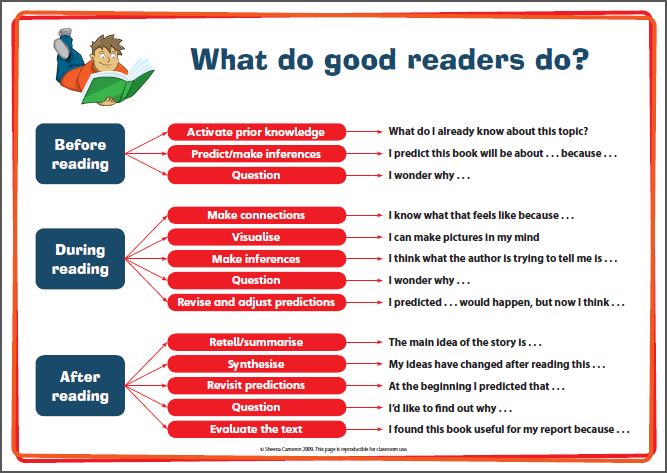 And despite this tangle of contradictions, all family members sit down at the same dinner table, relax together, do housework, arrange holidays, create certain traditions, enter into relationships of the most diverse nature.
And despite this tangle of contradictions, all family members sit down at the same dinner table, relax together, do housework, arrange holidays, create certain traditions, enter into relationships of the most diverse nature.
The peculiarity of family education is an organic fusion with all the life of a growing person: the inclusion of a child in all vital activities - intellectual and cognitive, labor, social, value-oriented, artistic and creative, playful, free communication. Moreover, it goes through all the stages: from elementary attempts to the most complex socially and personally significant forms of behavior.
Family education also has a wide time range of influence: it continues throughout a person's life, occurs at any time of the day, at any time of the year. A person experiences its beneficial (or adverse) influence even when he is away from home: at school, at work, on vacation in another city, on a business trip. And sitting at a school desk, the student is mentally and sensually connected by invisible threads with the house, with the family, with many problems that concern her.
However, the family is fraught with certain difficulties, contradictions and shortcomings of educational influence. The most common negative factors of family education that have to be taken into account in the educational process are:
-
-
inadequate impact of material factors: excess or lack of things, priority of material well-being over the spiritual needs of a growing person, disharmony of material needs and opportunities to satisfy them, spoiledness and effeminacy, immorality and illegality of the family economy;
-
- lack of spirituality of parents, lack of desire for the spiritual development of children;
-
- authoritarianism or "liberalism", impunity and forgiveness;
-
- immorality, the presence of an immoral style and tone of relations in the family;
-
- lack of a normal psychological climate in the family;
-
- fanaticism in any of its manifestations;
-
- Pedagogical illiteracy, unlawful behavior of adults.
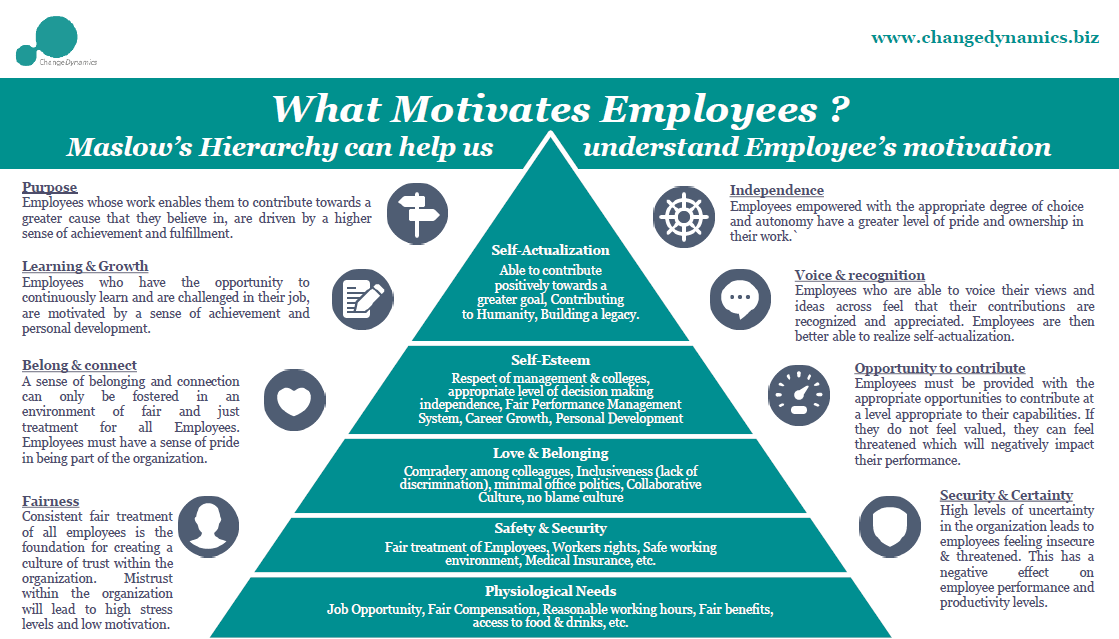
I repeat once again that among the various functions of the family, the upbringing of the younger generation is undoubtedly of paramount importance. This function permeates the entire life of the family and is associated with all aspects of its activities.
However, the practice of family education shows that it is not always “high-quality” due to the fact that some parents do not know how to raise and promote the development of their own children, others do not want to, others cannot due to any life circumstances (serious illnesses, loss of work and livelihood, immoral behavior, etc.), others simply do not attach due importance to this. Consequently, each family has more or less educational opportunities, or, in scientific terms, educational potential. The results of home education depend on these opportunities and on how reasonably and purposefully parents use them.
The concept of "educational (sometimes they say - pedagogical) potential of the family" appeared in the scientific literature relatively recently and does not have an unambiguous interpretation.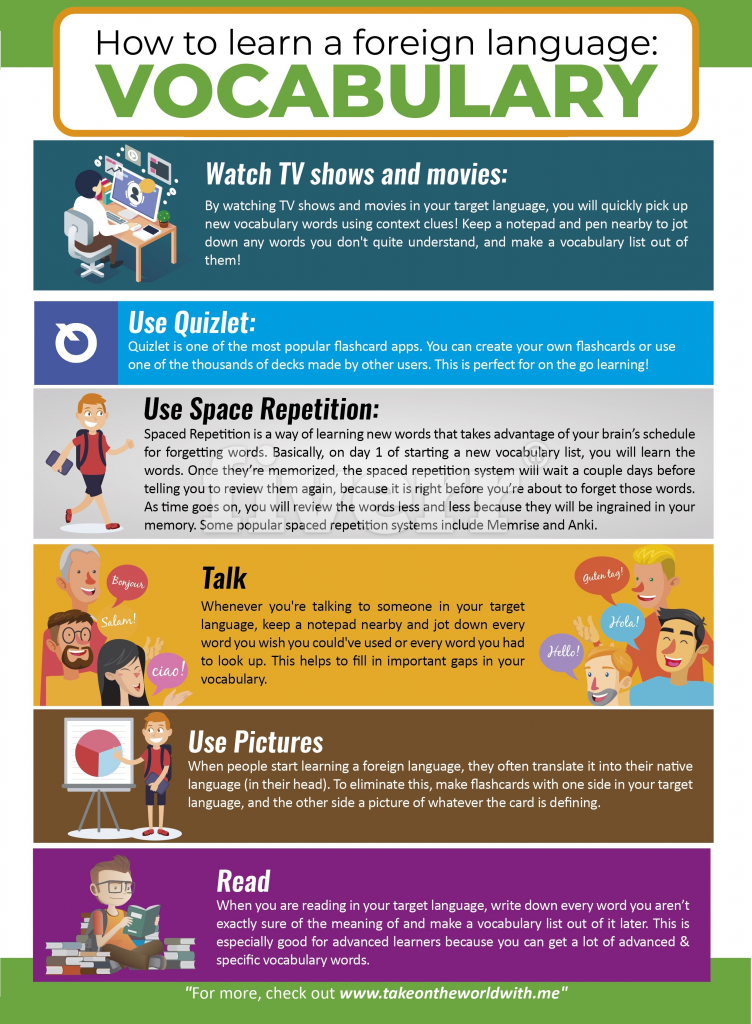 Scientists include in it many characteristics that reflect different conditions and factors in the life of the family, which determine its educational prerequisites and can, to a greater or lesser extent, ensure the successful development of the child. Such features of the family as its type, structure, material security, place of residence, psychological microclimate, traditions and customs, the level of culture and education of parents, and much more are taken into account. However, it must be borne in mind that none of the factors alone can guarantee a particular level of education in the family: they should be considered only in aggregate.
Scientists include in it many characteristics that reflect different conditions and factors in the life of the family, which determine its educational prerequisites and can, to a greater or lesser extent, ensure the successful development of the child. Such features of the family as its type, structure, material security, place of residence, psychological microclimate, traditions and customs, the level of culture and education of parents, and much more are taken into account. However, it must be borne in mind that none of the factors alone can guarantee a particular level of education in the family: they should be considered only in aggregate.
Conventionally, these factors that characterize the life of the family according to various parameters can be divided into socio-cultural, socio-economic, technical and hygienic and demographic (A.V. Mudrik). Let's consider them in more detail.
Socio-cultural factor . Home education is largely determined by how parents relate to this activity: indifferent, responsible, frivolous.
The family is a complex system of relationships between spouses, parents, children, and other relatives. Taken together, these relationships make up the microclimate of the family, which directly affects the emotional well-being of all its members, through the prism of which the rest of the world and one's place in it are perceived. Depending on how adults behave with the child, what feelings and attitudes are manifested by close people, the baby perceives the world as attractive or repulsive, benevolent or threatening. As a result, he develops trust or distrust in the world (E. Erickson). This is the basis for the formation of a positive self-perception of the child.
Socio-economic factor is determined by the property characteristics of the family and the employment of parents at work. The upbringing of modern children requires serious material costs for their maintenance, satisfaction of cultural and other needs, and payment for additional educational services.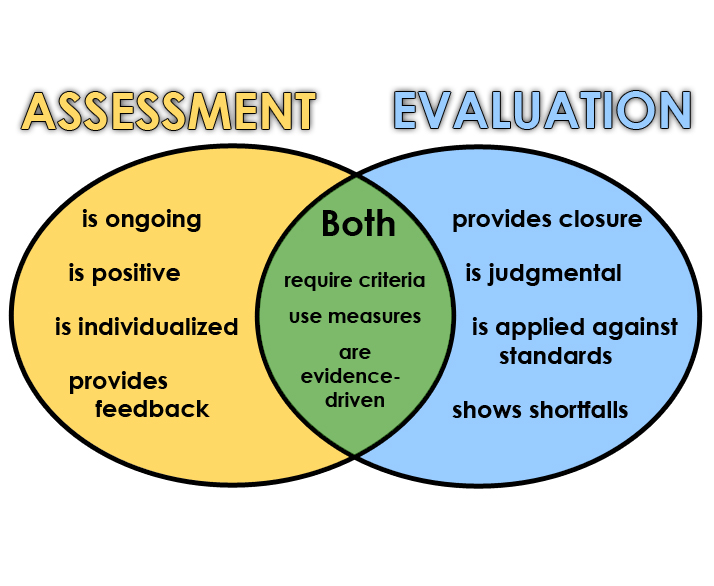 The possibilities of a family to support children financially and ensure their full development are largely associated with the socio-political and socio-economic situation in the country.
The possibilities of a family to support children financially and ensure their full development are largely associated with the socio-political and socio-economic situation in the country.
T technical and hygienic factor means that the educational potential of the family depends on the place and living conditions, the equipment of the dwelling, and the peculiarities of the family's lifestyle.
A comfortable and beautiful living environment is not an additional decoration in life, it has a great influence on a child's development.
Rural and urban families differ in educational opportunities.
The demographic factor shows that the structure and composition of the family (full, incomplete, maternal, complex, simple, one-child, large, etc.) dictate their own characteristics of raising children
Principles of family education
The principles of education are practical recommendations that should be followed, which will help pedagogically competently build the tactics of educational activities.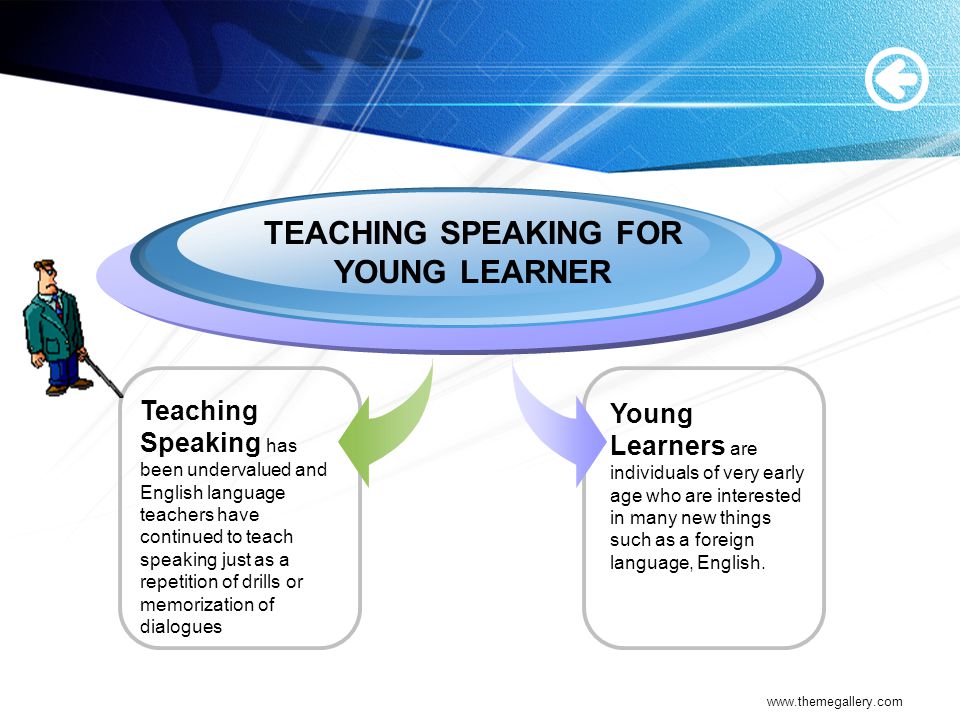
Based on the specifics of the family as a personal environment for the development of the child's personality, a system of principles of family education should be built:
-
- children should grow up and be brought up in an atmosphere of goodwill and love;
-
- parents should understand and accept their child as he is;
-
- educational influences should be built taking into account age, gender and individual characteristics;
-
- the dialectical unity of sincere, deep respect for the individual and high demands on it should be the basis of family education;
-
- the personality of the parents themselves is an ideal model for children to follow;
-
- education should be based on the positive in a growing person;
-
- all activities organized in the family should be based on the game;
-
- optimism and major - the basis of the style and tone of communication with children in the family.
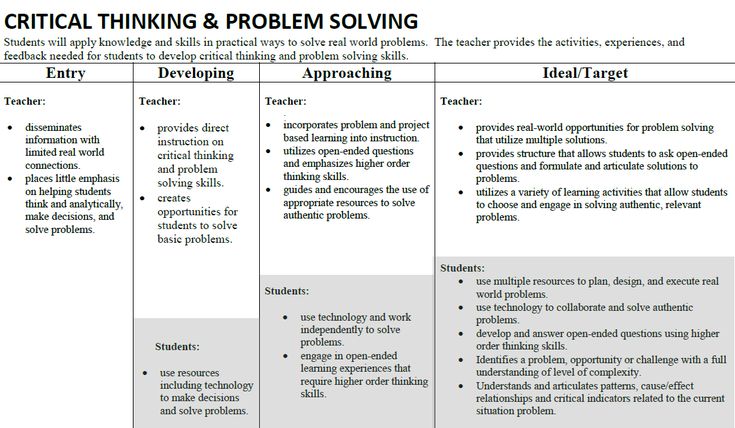
The most important principles of modern family education include the following: purposefulness, scientific character, humanism, respect for the personality of the child, regularity, consistency, continuity, complexity and systematicity, consistency in education. Let's consider them in more detail.
The principle of purposefulness.
Education as a pedagogical phenomenon is characterized by the presence of a socio-cultural landmark, which is both the ideal of educational activity and its intended result. To a large extent, the modern family is guided by objective goals that are formulated in each country as the main component of its pedagogical policy. In recent years, the enduring universal values set forth in the Declaration of Human Rights, the Declaration of the Rights of the Child, and the Constitution of the Russian Federation have become the objective goals of education.
The subjective coloring of the goals of home education is given by the ideas of a particular family about how they want to raise their children.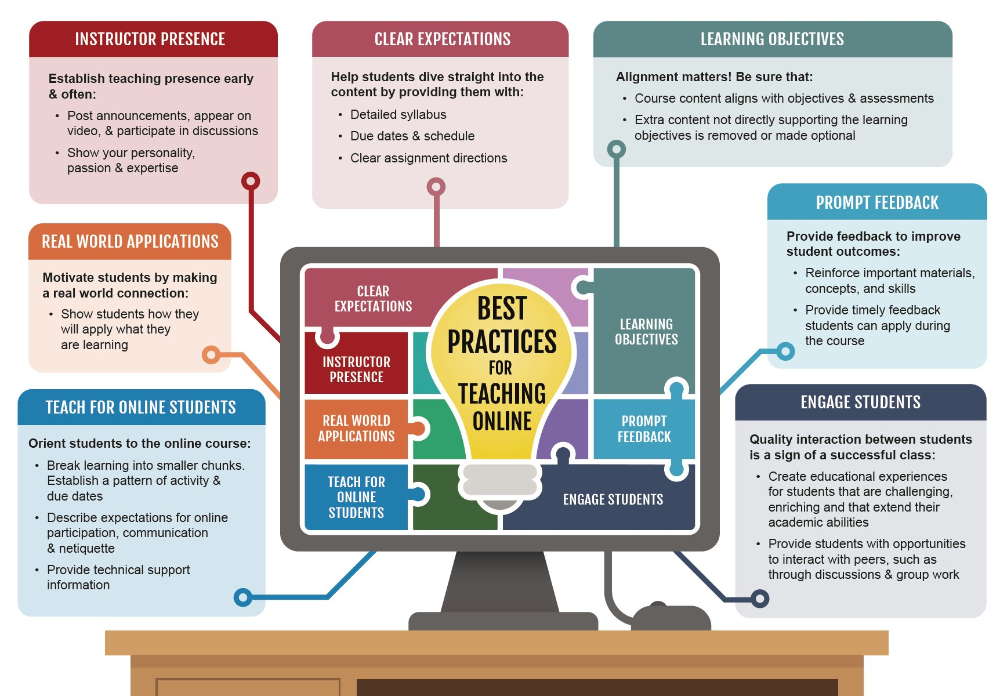 For the purpose of education, the family also takes into account the ethnic, cultural, religious traditions that it follows.
For the purpose of education, the family also takes into account the ethnic, cultural, religious traditions that it follows.
Principle of scientific character. For centuries, home education has been based on worldly ideas, common sense, traditions and customs passed down from generation to generation. However, in the last century, pedagogy, like all human sciences, has moved far ahead. A lot of scientific data has been obtained on the patterns of child development, on the construction of the educational process. Parents' understanding of the scientific foundations of education helps them achieve better results in the development of their own children. Mistakes and miscalculations in family education are associated with parents' misunderstanding of the basics of pedagogy and psychology. Ignorance of the age characteristics of children leads to the use of random methods and means of education.
The principle of respect for the personality of the child is the acceptance of the child by parents as a given, as he is, with all the features, specific features, tastes, habits, regardless of any external standards, norms, parameters and assessments.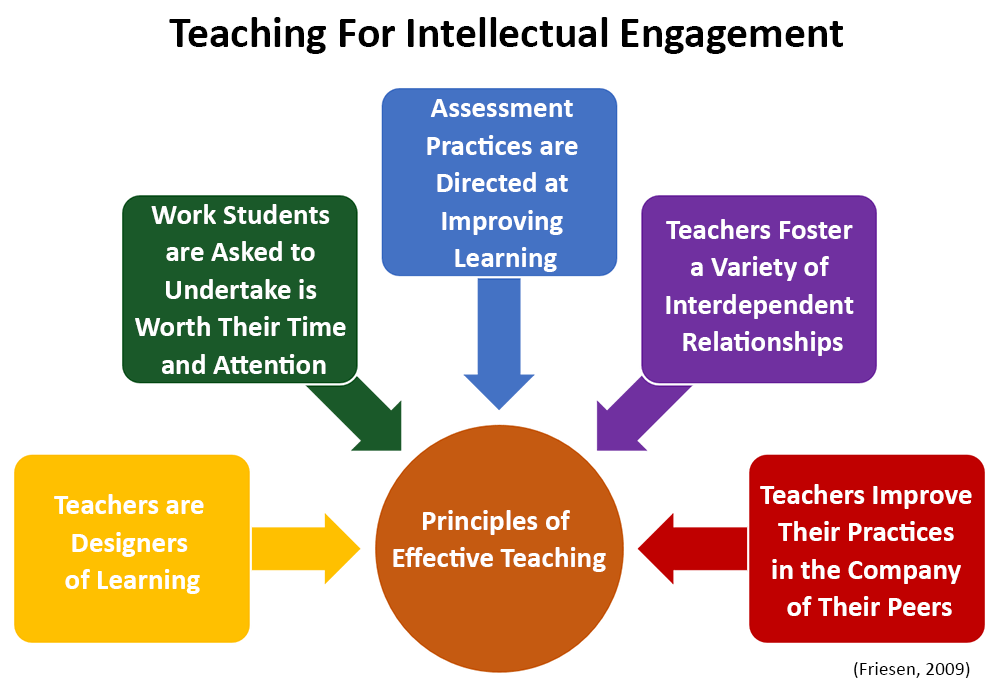 The child did not come into the world of his own will and desire: the parents are “guilty” of this, so you should not complain that the baby did not live up to their expectations in some way, and caring for him “eats” a lot of time, requires self-restraint, patience , excerpts, etc. Parents “rewarded” the child with a certain appearance, natural inclinations, temperament, surrounded by a material environment, use certain means in education, on which the process of forming character traits, habits, feelings, attitudes to the world and much more in the development of the baby depends.
The child did not come into the world of his own will and desire: the parents are “guilty” of this, so you should not complain that the baby did not live up to their expectations in some way, and caring for him “eats” a lot of time, requires self-restraint, patience , excerpts, etc. Parents “rewarded” the child with a certain appearance, natural inclinations, temperament, surrounded by a material environment, use certain means in education, on which the process of forming character traits, habits, feelings, attitudes to the world and much more in the development of the baby depends.
The principle of humanity is the regulation of relations between adults and children and the assumption that these relations are built on trust, mutual respect, cooperation, love, goodwill. At one time, Janusz Korczak suggested that adults care about their own rights and are indignant when someone encroaches on them. But they are obliged to respect the rights of the child, such as the right to know and not know, the right to failure and tears, the right to property. In a word, the child's right to be what he is is his right to the current hour and today.
In a word, the child's right to be what he is is his right to the current hour and today.
Unfortunately, parents have a fairly common position in relation to the child - "become the way I want." And although this is done out of good intentions, but in essence it is a disregard for the personality of the child, when his will breaks down in the name of the future, the initiative is extinguished.
The principle of planning, consistency, continuity - deployment of home education in accordance with the goal. It is assumed that the pedagogical impact on the child is gradual, and the consistency and regularity of education are manifested not only in the content, but also in the means, methods, and techniques that correspond to the age characteristics and individual capabilities of children. Education is a long process, the results of which do not “sprout” immediately, often after a long time. However, it is indisputable that they are the more real, the more systematic and consistent the upbringing of the child is.
Unfortunately, parents, especially young ones, are distinguished by impatience, often not realizing that in order to form one or another quality, the child’s properties must be influenced on him repeatedly and in various ways, they want to see the “product” of their activity “here and now”. It is not always understood in the family that a child is brought up not only and not so much by words, but by the whole environment of the native home, its atmosphere, which we spoke about above. So, the child is told about neatness, demands order in his clothes, in toys, but at the same time he sees every day how dad carelessly stores his shaving accessories, that mom does not broadcast a dress in the closet, but throws it on the back of a chair. .. Thus, the so-called “double” morality in the upbringing of a child operates: they demand from him what is optional for other family members.
The principle of complexity and systematicity - a multilateral influence on the personality through a system of goals, content, means and methods of education.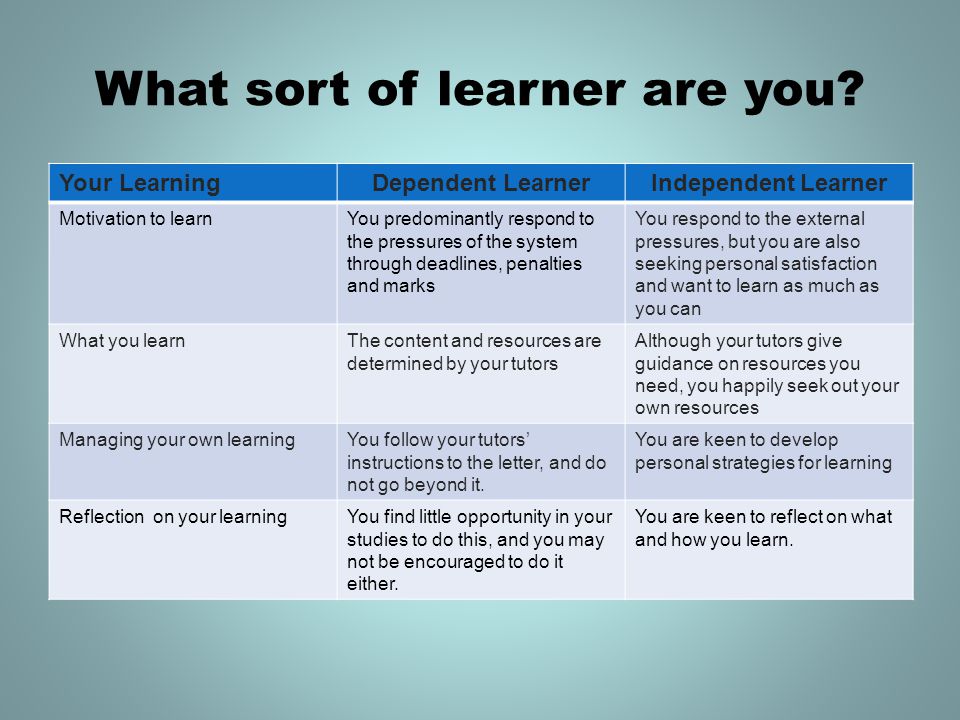 At the same time, all factors and aspects of the pedagogical process are taken into account. It is known that a modern child grows up in a multifaceted social, natural, cultural environment, which is not limited to the family. From an early age, a child listens to the radio, watches TV, goes for a walk, where he communicates with people of different ages and genders, etc. All this environment to one degree or another affects the development of the child, i.e. becomes an educational factor. Multifactorial education has its positive and negative aspects.
At the same time, all factors and aspects of the pedagogical process are taken into account. It is known that a modern child grows up in a multifaceted social, natural, cultural environment, which is not limited to the family. From an early age, a child listens to the radio, watches TV, goes for a walk, where he communicates with people of different ages and genders, etc. All this environment to one degree or another affects the development of the child, i.e. becomes an educational factor. Multifactorial education has its positive and negative aspects.
The principle of consistency in education . One of the features of the upbringing of a modern child is that it is carried out by different persons: family members, professional teachers of educational institutions (kindergarten, school, art studio, sports section, etc.). None of the educators of a small child, whether they are relatives or kindergarten teachers, can educate him in isolation from each other - it is necessary to agree on the goals, content of educational activities, means and methods for its implementation.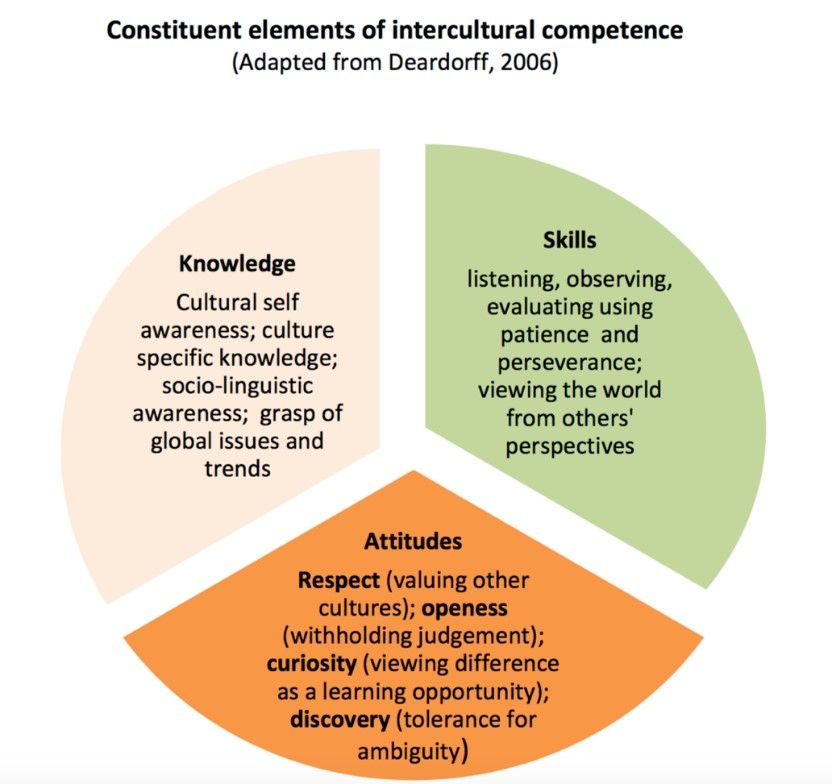 Otherwise, it will turn out, as in the famous fable of I.A. Krylov "Swan, crayfish and pike". The inconsistency of the requirements and approaches to education leads the child to confusion, the feeling of confidence and reliability is lost.[4]
Otherwise, it will turn out, as in the famous fable of I.A. Krylov "Swan, crayfish and pike". The inconsistency of the requirements and approaches to education leads the child to confusion, the feeling of confidence and reliability is lost.[4]
Methods of family education
Methods of family education as ways of interaction between parents and children, which help the latter to develop their consciousness, feelings and will, actively stimulate the formation of behavioral experience, independent children's life, full moral and spiritual development.
Choice of methods.
First of all, it depends on the general culture of parents, their life experience, psychological and pedagogical training and ways of organizing life. The use of certain methods of raising children in the family also depends on:
-
from the goals and objectives of education that parents set for themselves;
-
family relationships and lifestyle;
-
the number of children in the family;
-
family ties and feelings of parents, other family members, who often tend to idealize the capabilities of children, exaggerate their abilities, dignity, good breeding;
-
personal qualities of the father, mother, other family members, their spiritual and moral values and guidelines;
-
the experience of parents and their practical skills in the implementation of a complex of educational methods, taking into account the age and psychophysiological characteristics of children.
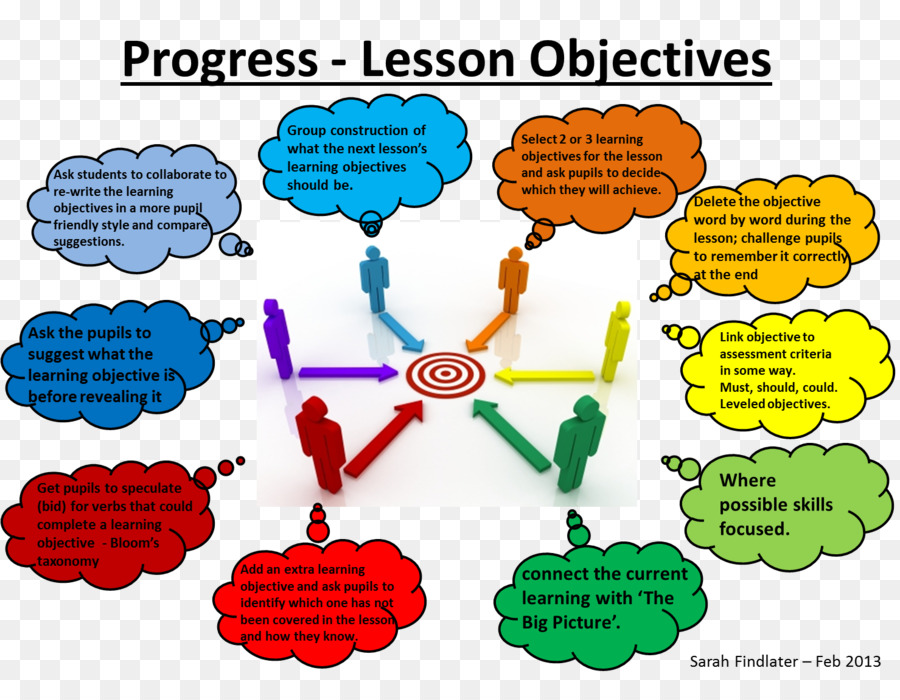
The most difficult thing for parents is the practical application of one or another method of education. Observations, analysis of written and oral answers of children show that the same method is used by many parents in different ways. The greatest number of variants is observed in the application of methods of persuasion, demands, encouragement, punishment. One category of parents convinces children kindly, in the process of confidential communication; the second - influencing a personal positive example; the third - intrusive teachings, reproaches, shouts, threats; the fourth - punishments, including physical ones.
Parent Requirement Method Implementation
| Immediate (direct) parent requirement | Indirect (indirect) parent requirement |
| in the form of an order | as an image display |
| warnings | wishes |
| orders | advice |
| categorical order | reminders |
| other types | switching |
Basic conditions for the validity of a parental requirement
-
Positive parenting example
-
Benevolence
-
Subsequence
-
Accounting for the age characteristics of children
-
Unity in making demands from the father, mother, all family members, relatives
-
Respect for the child's personality
-
Justice
-
feasibility
-
Accounting for individual psychophysiological characteristics of children
The perfection of the technology of presenting requirements (tact, caution, non-categorical tone, unobtrusiveness, attractiveness of form, polishedness, filigree of speech communication)[5]
[1] http://psylist.